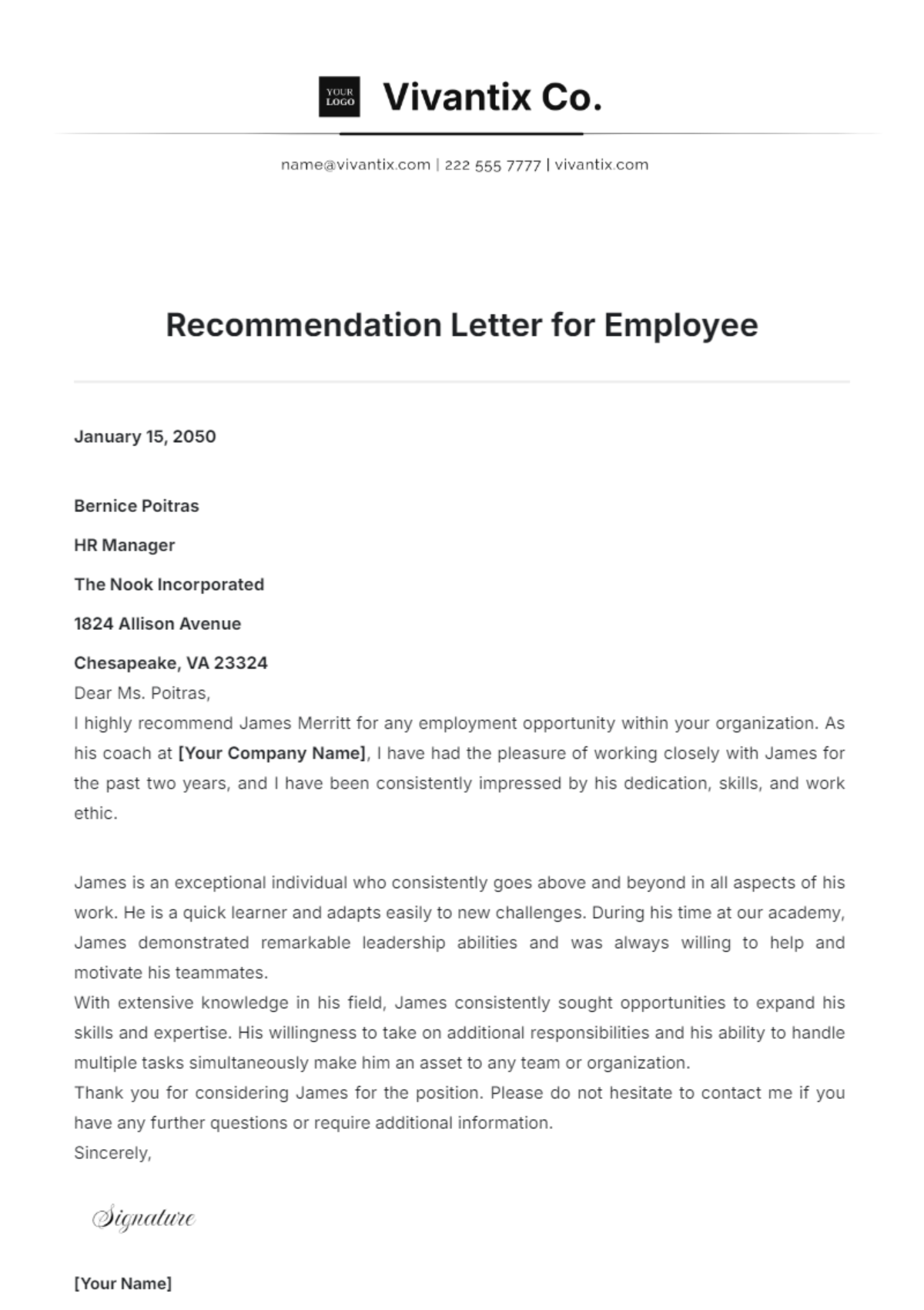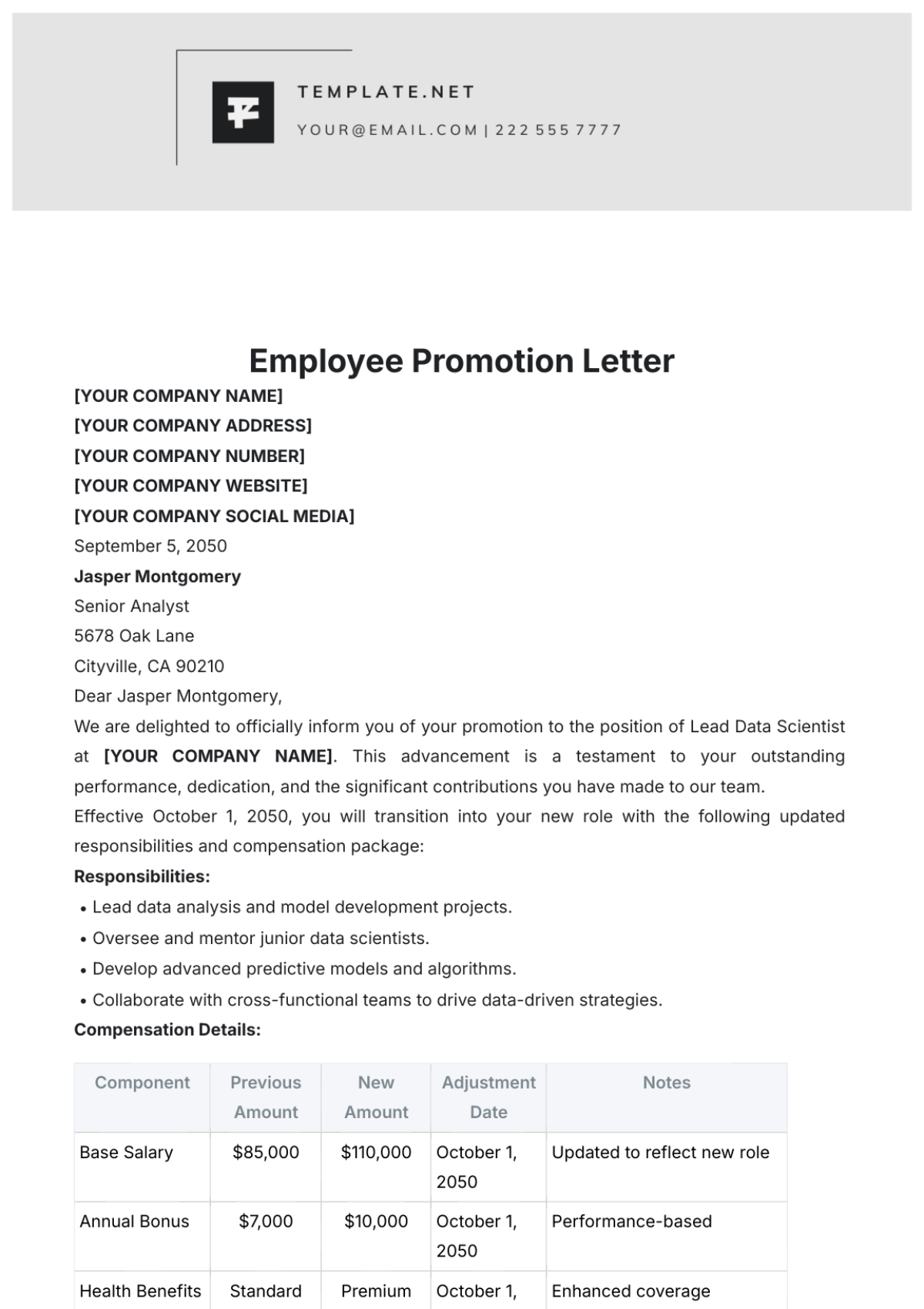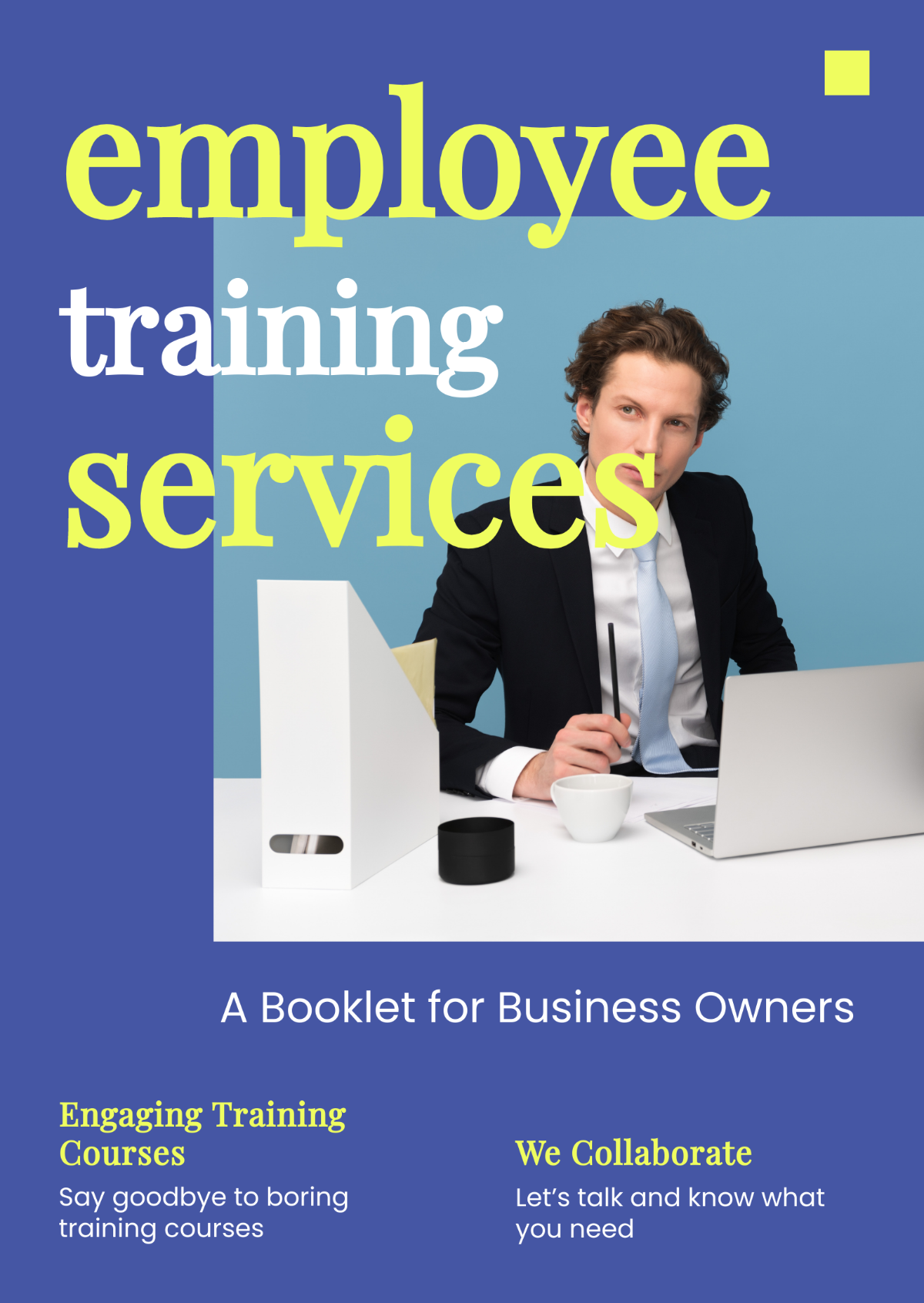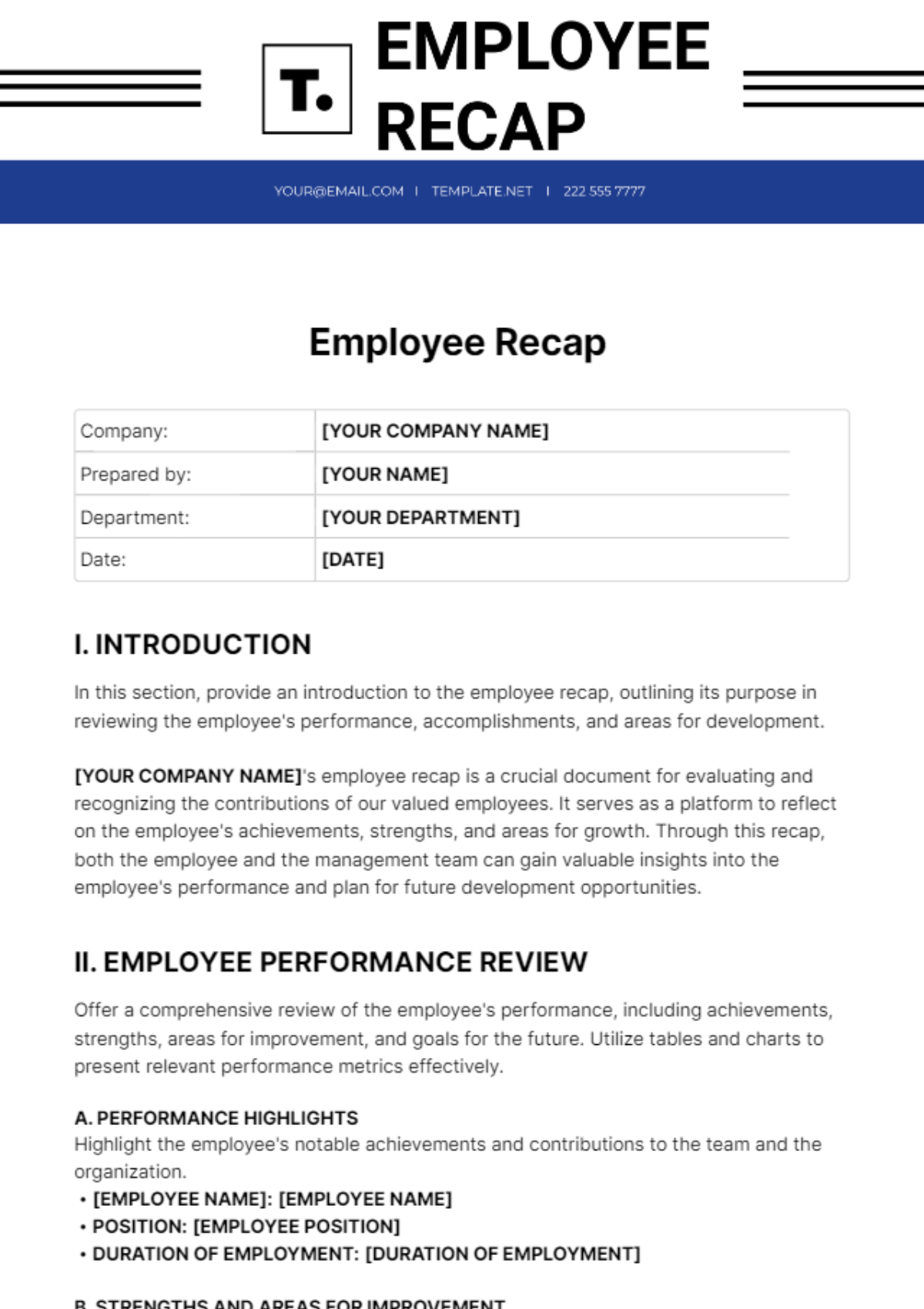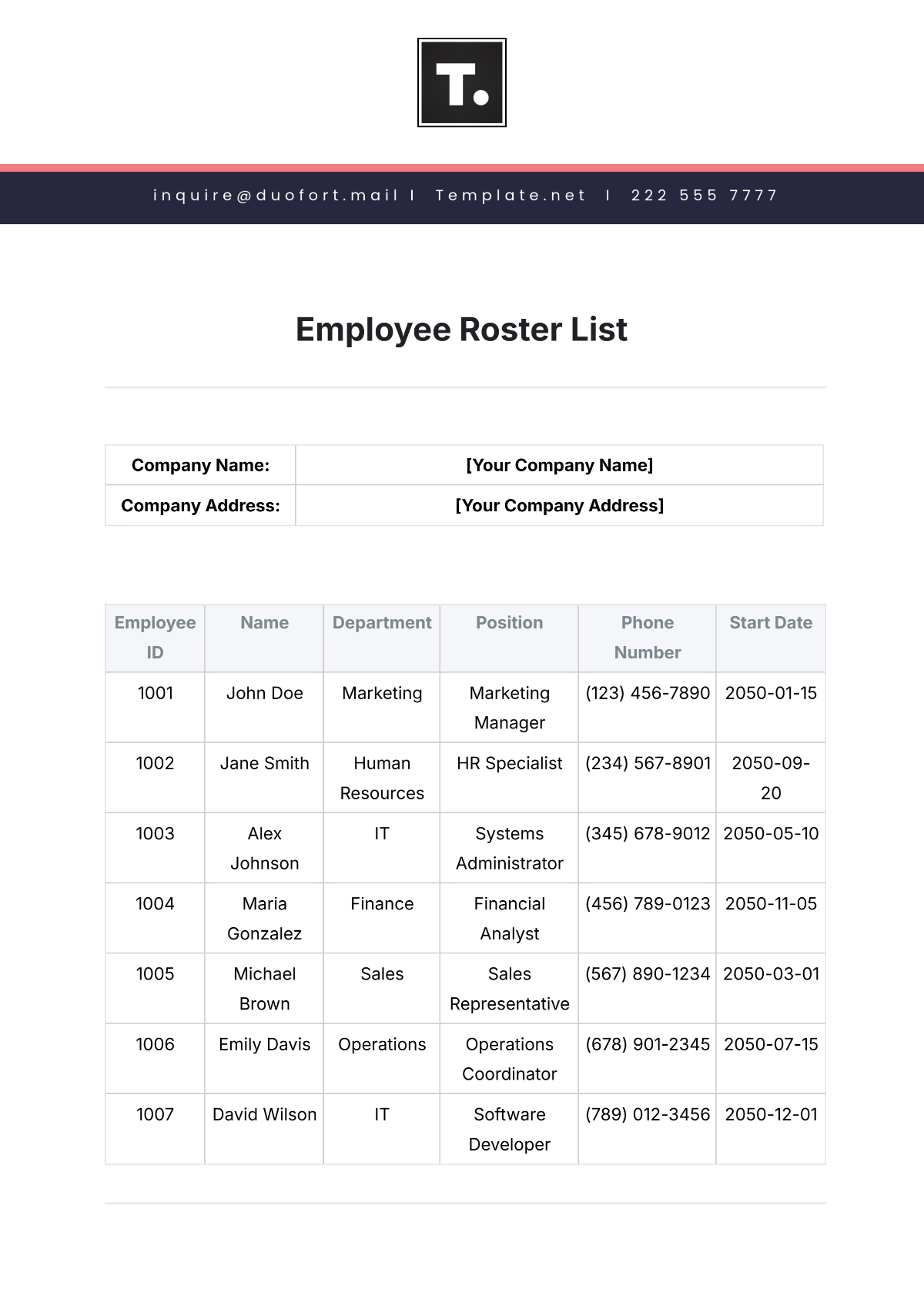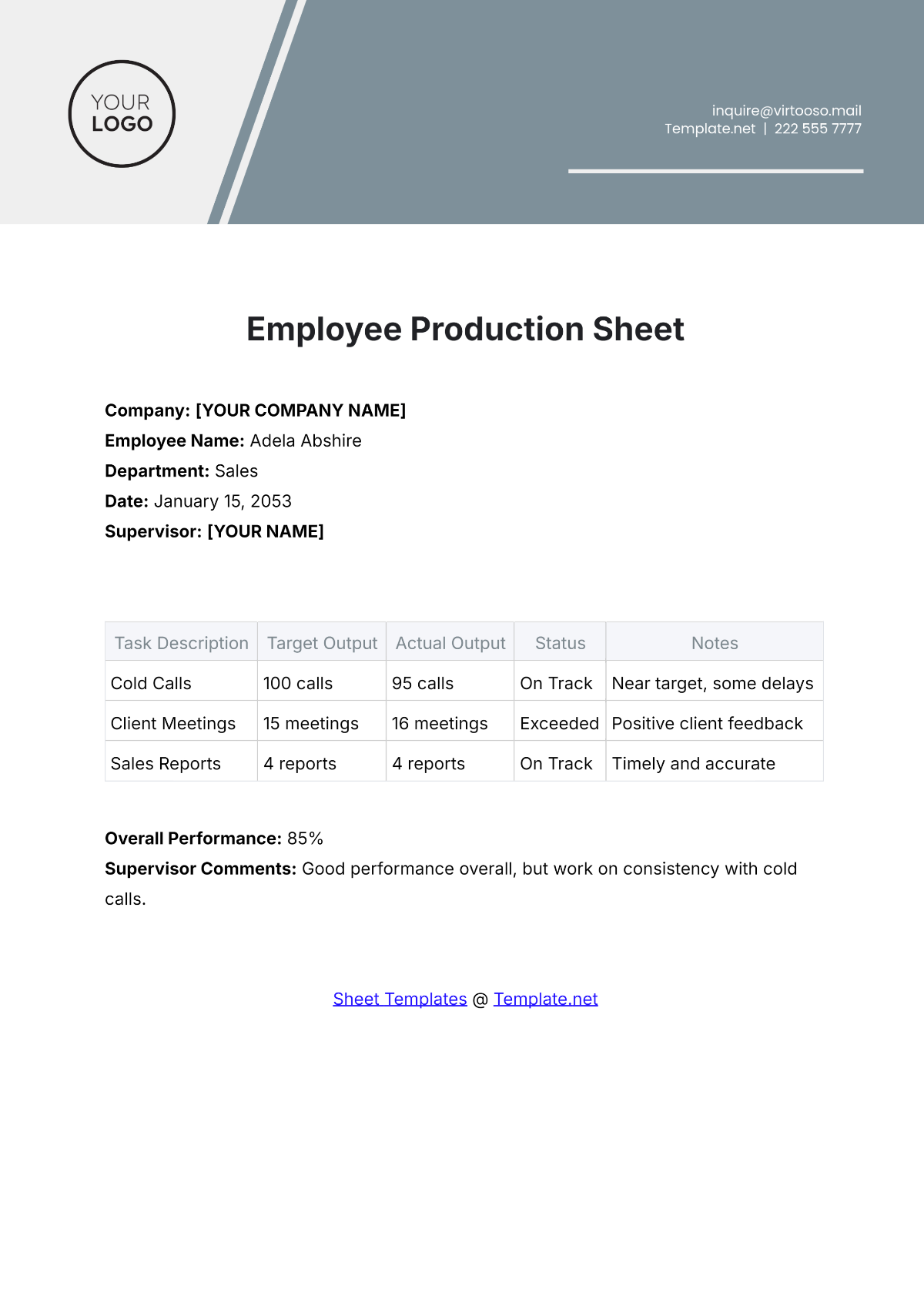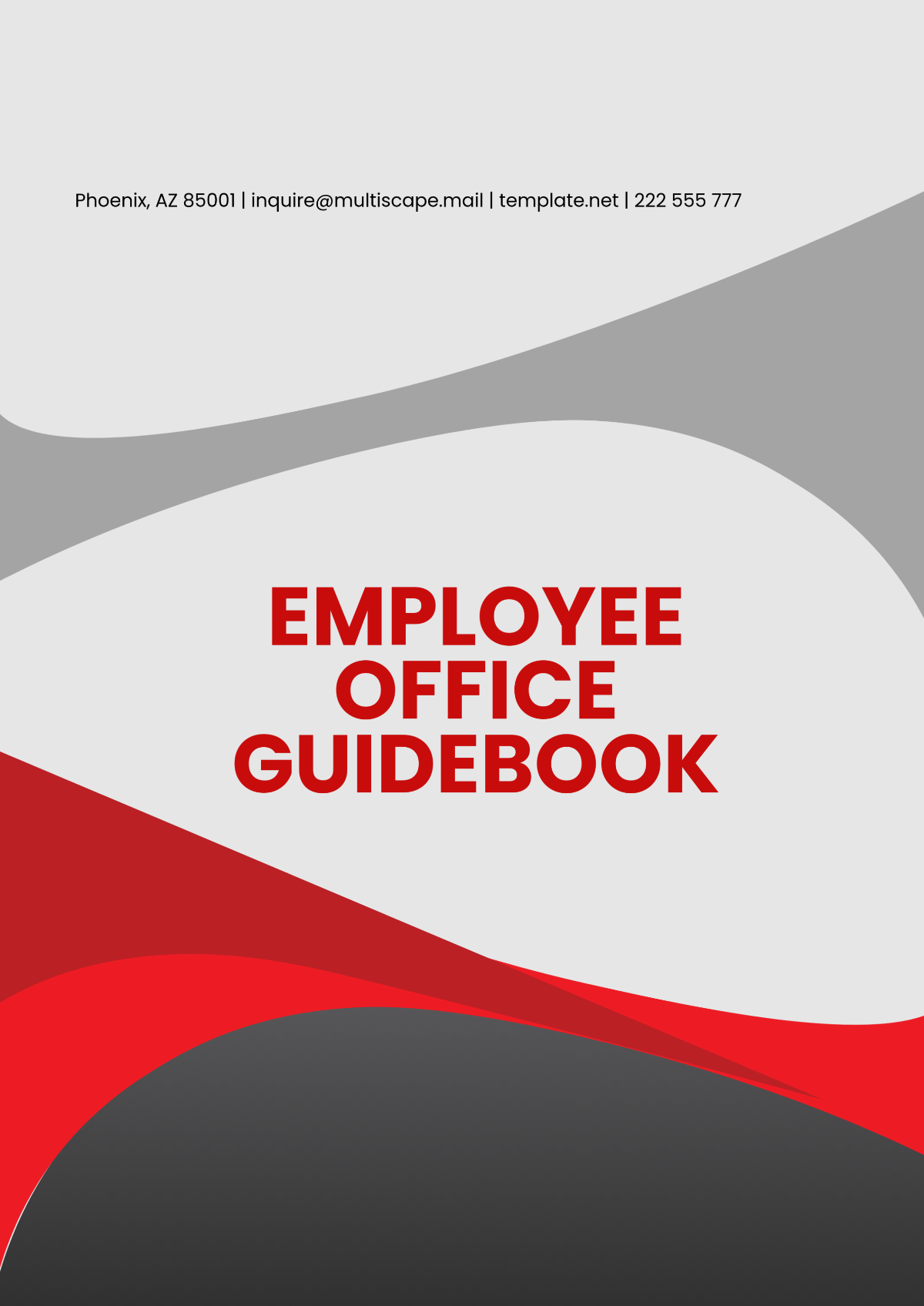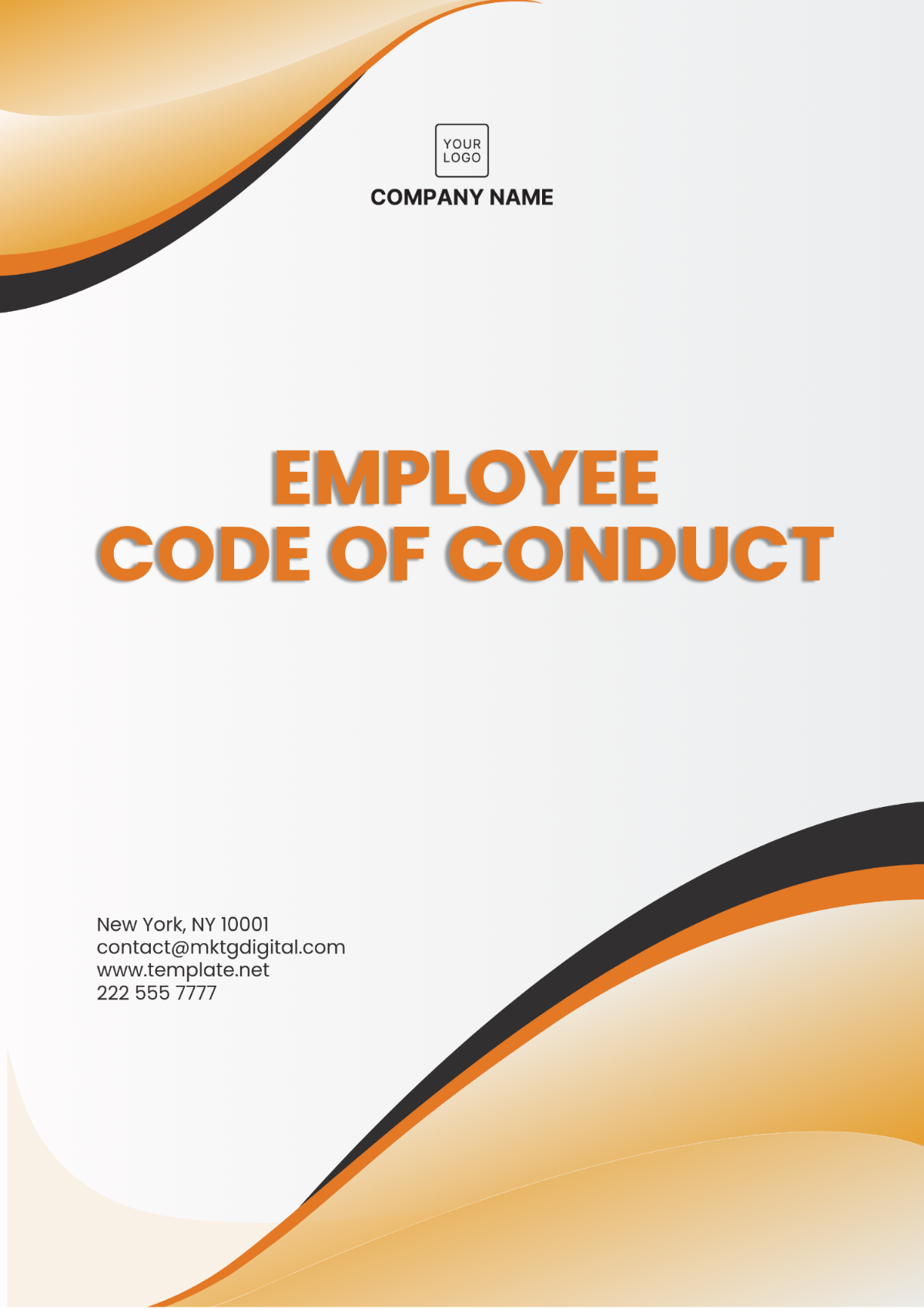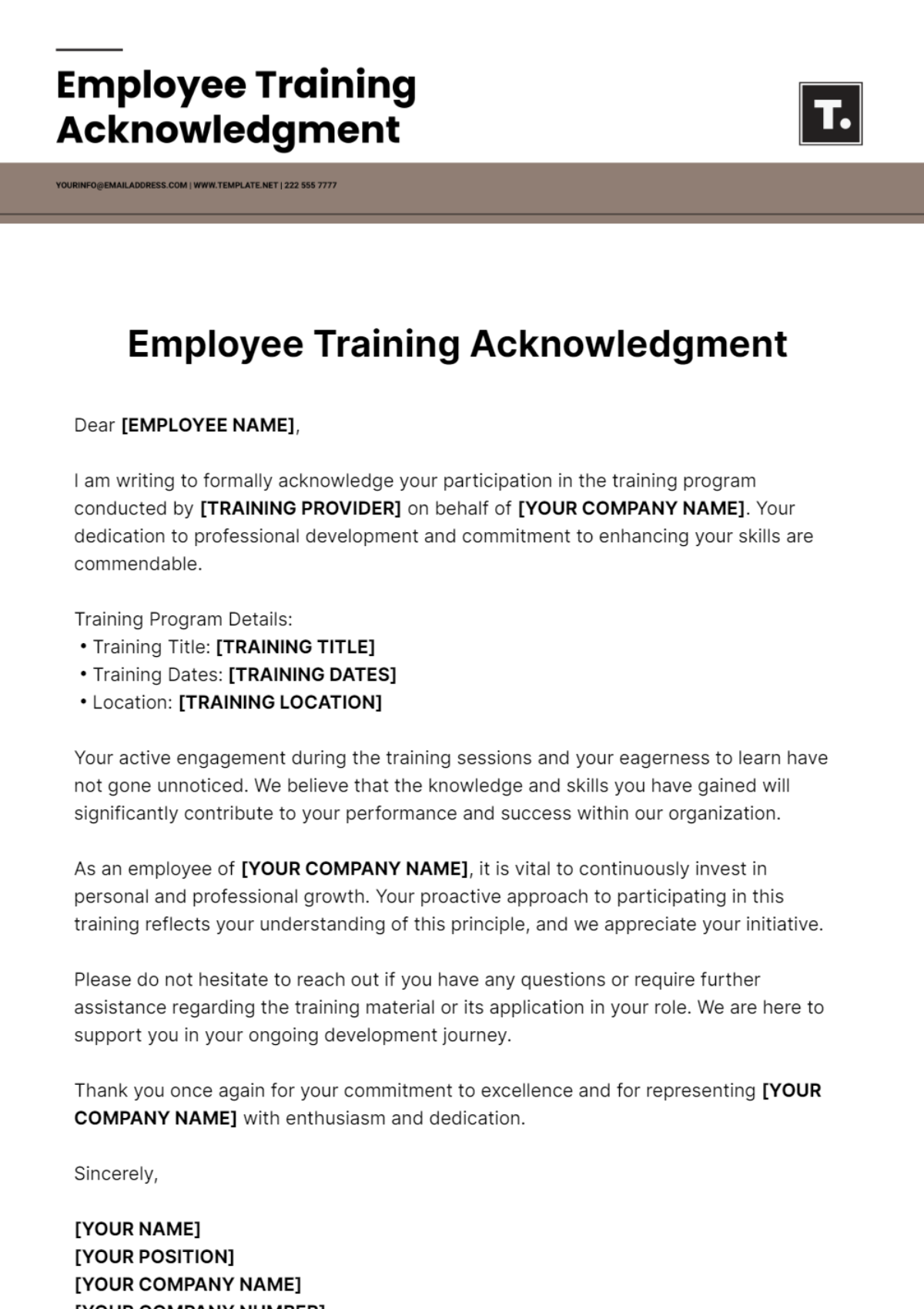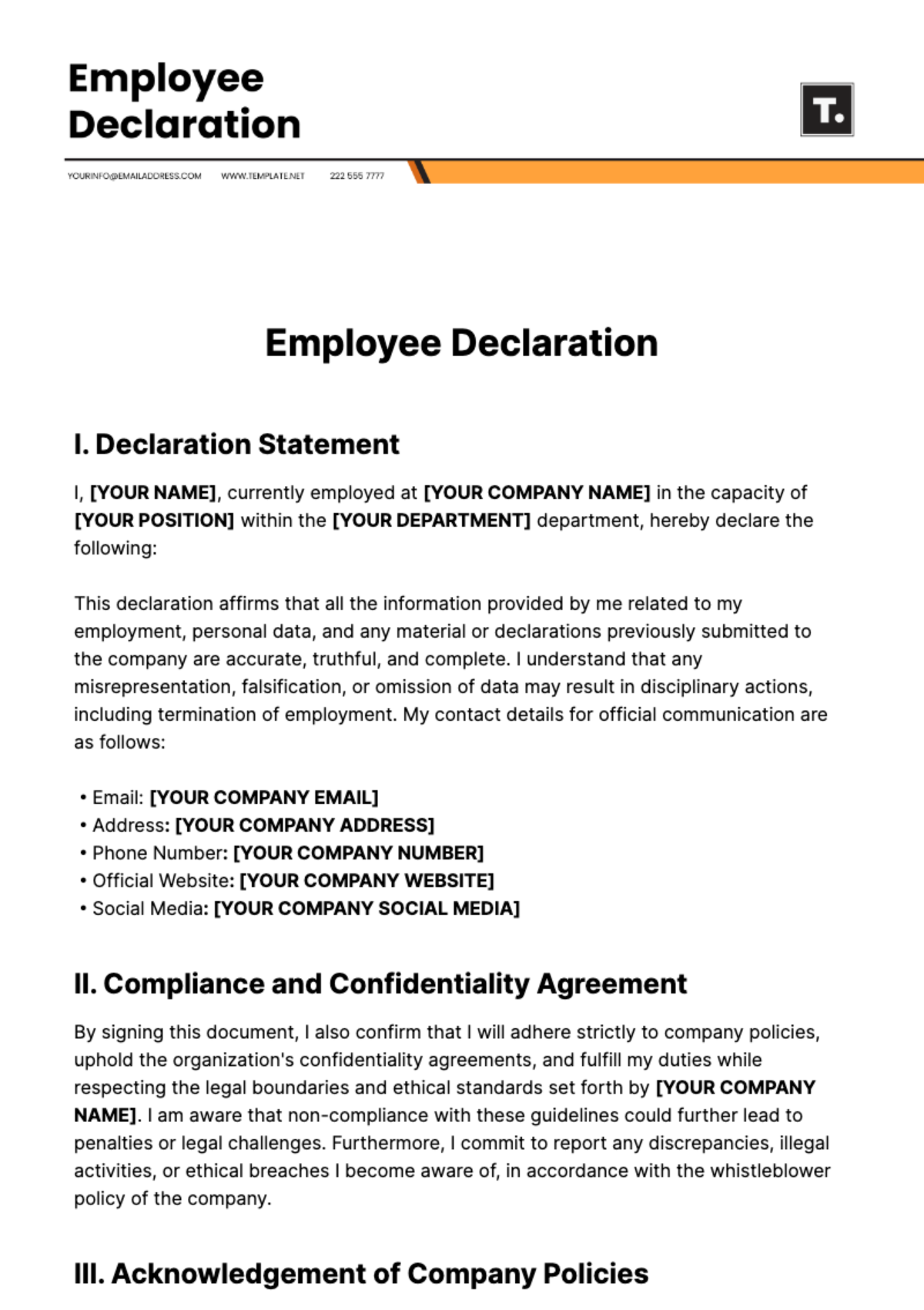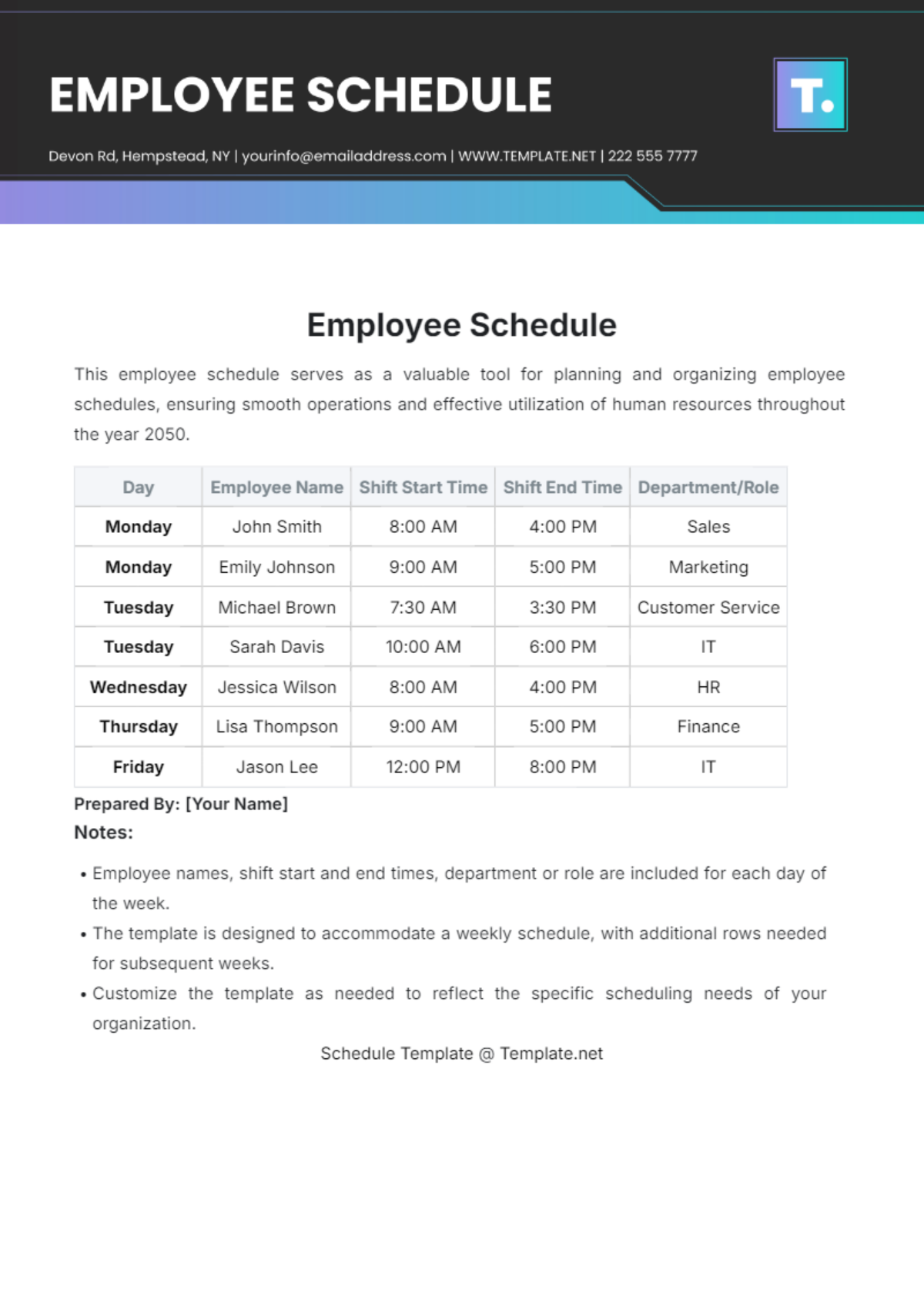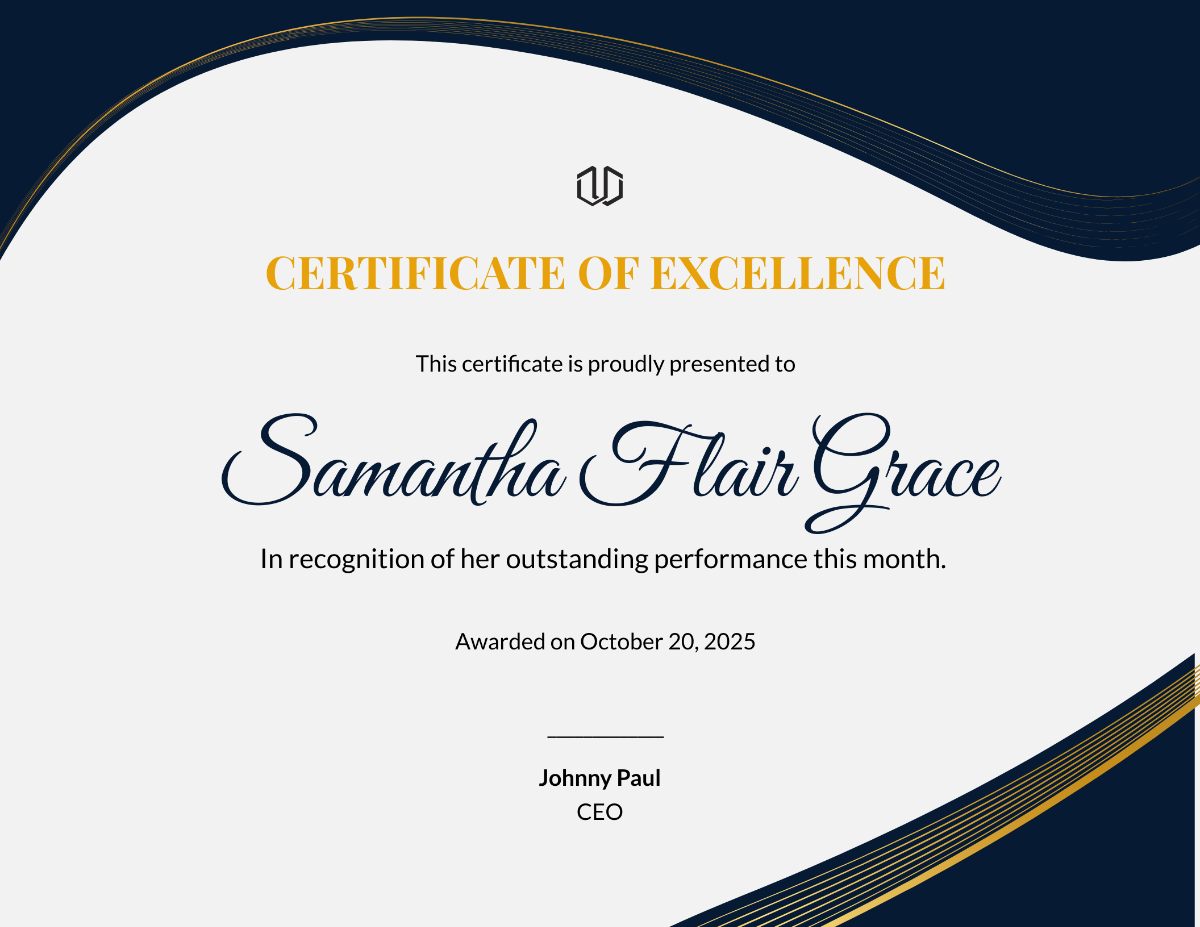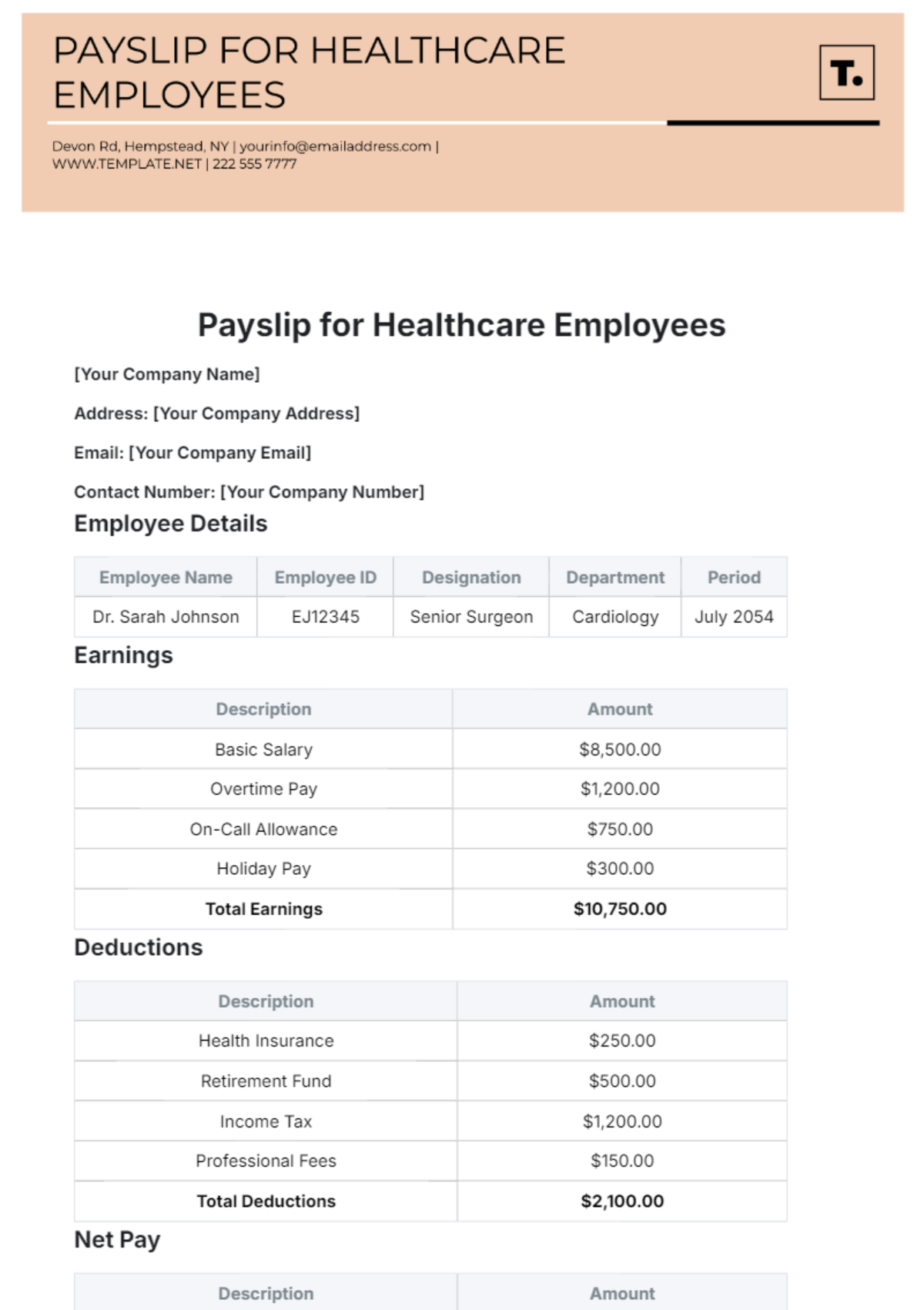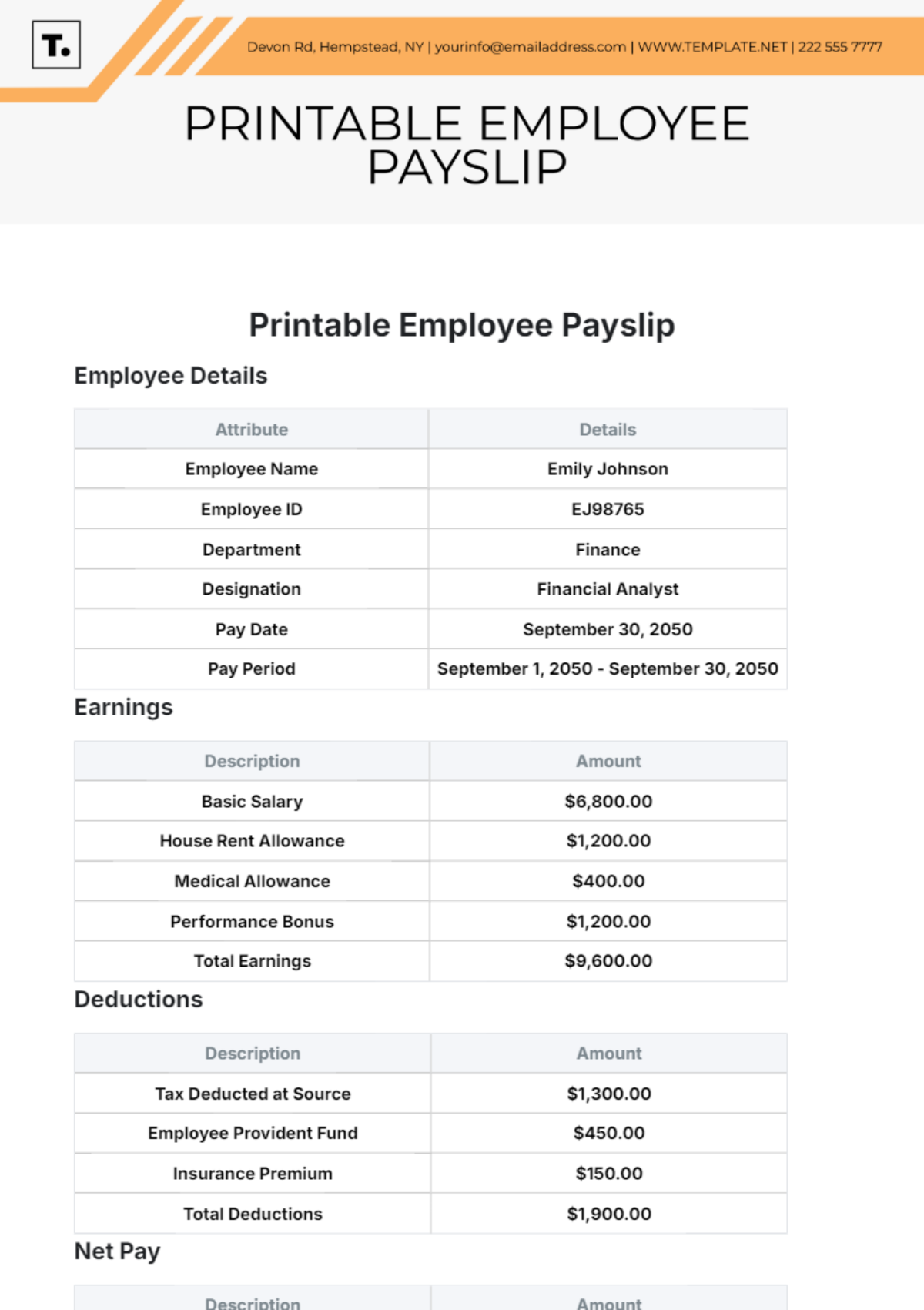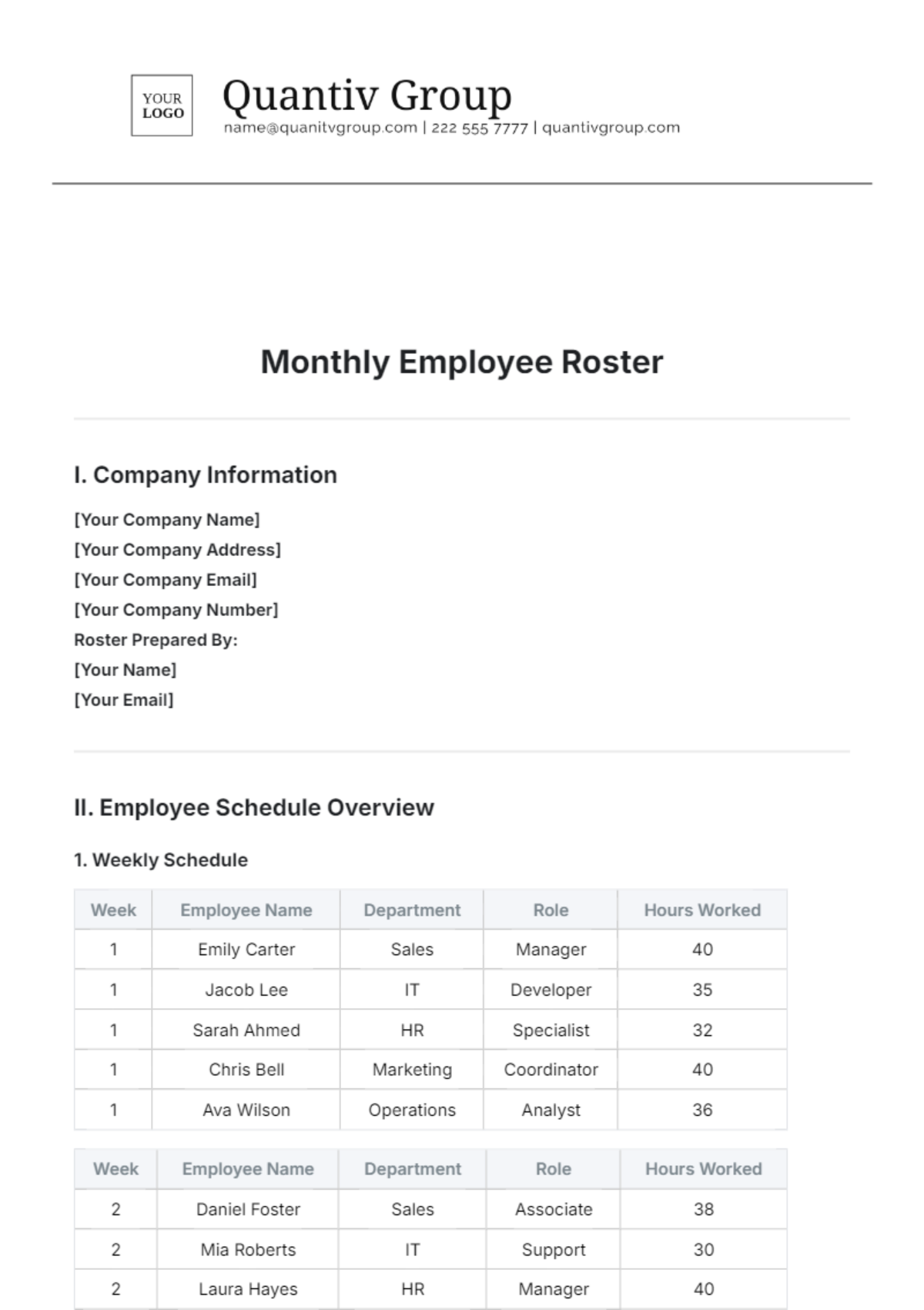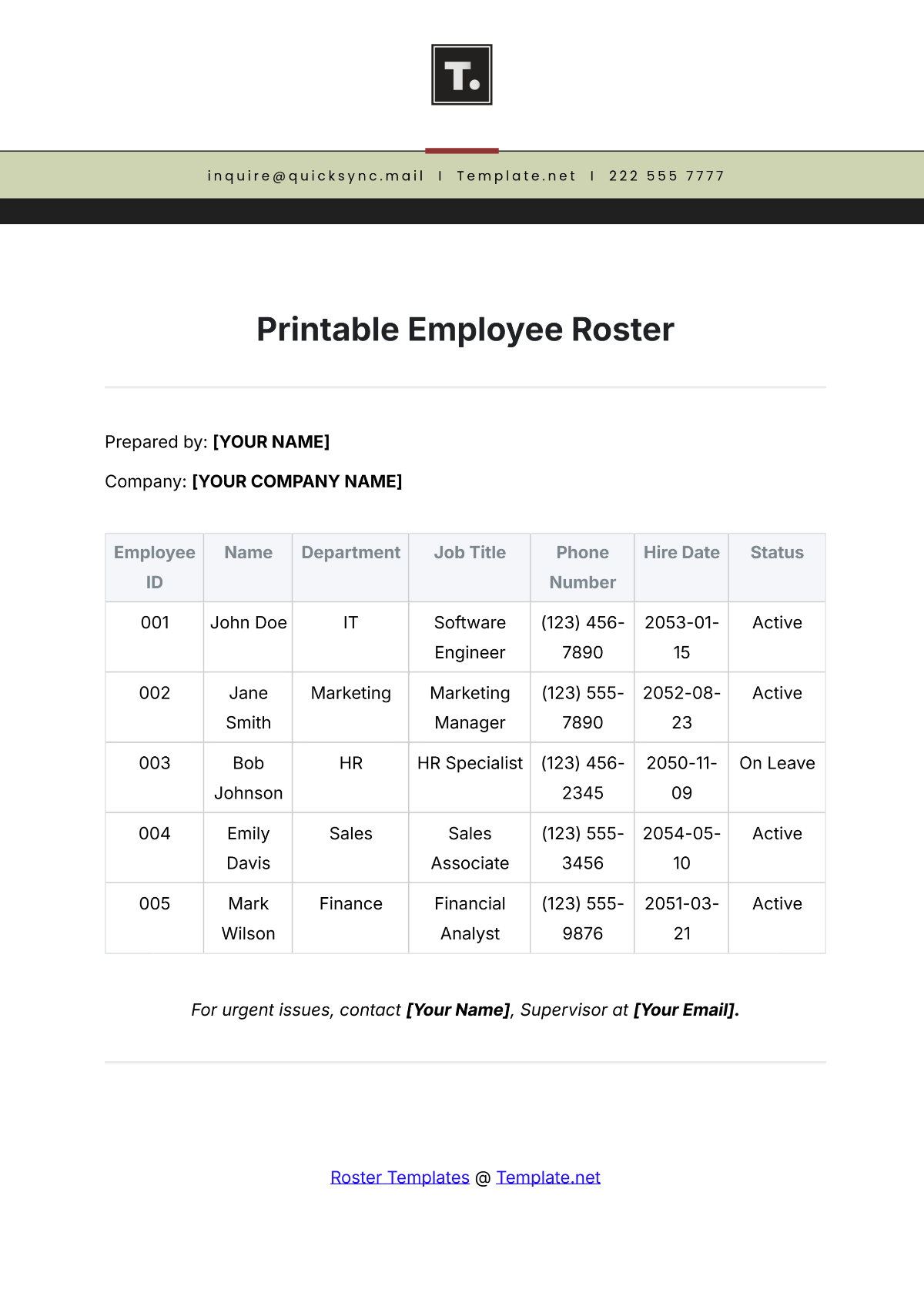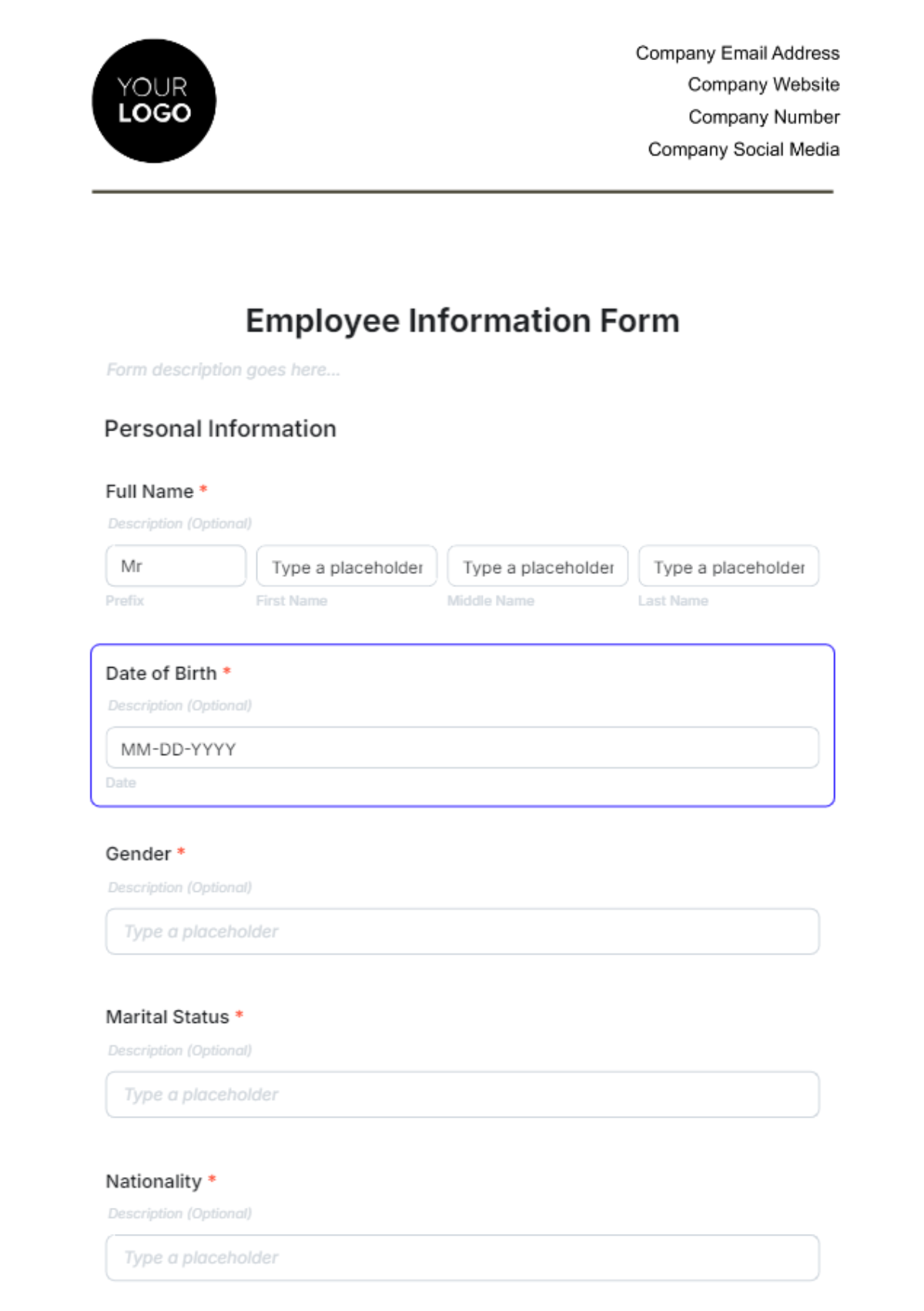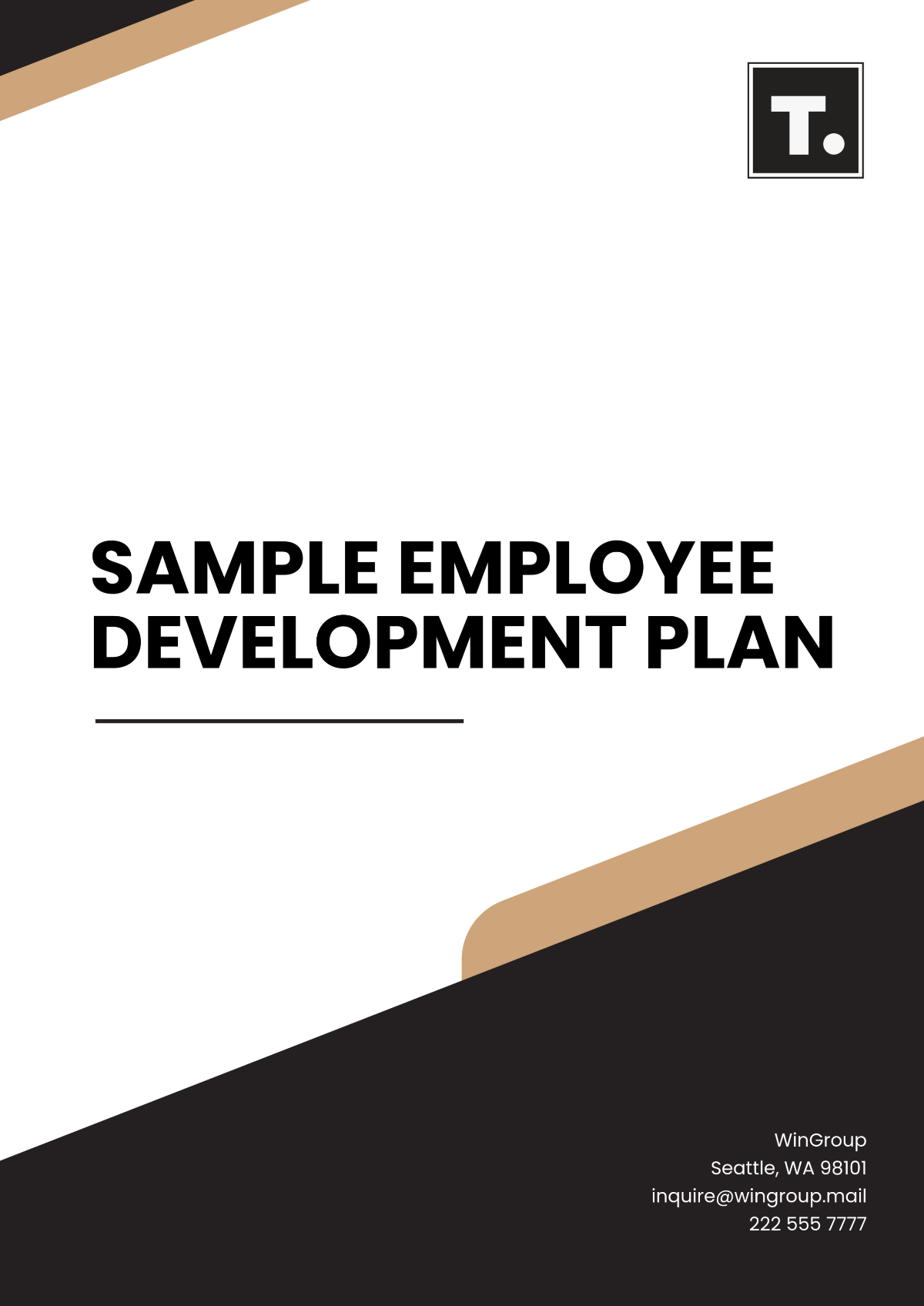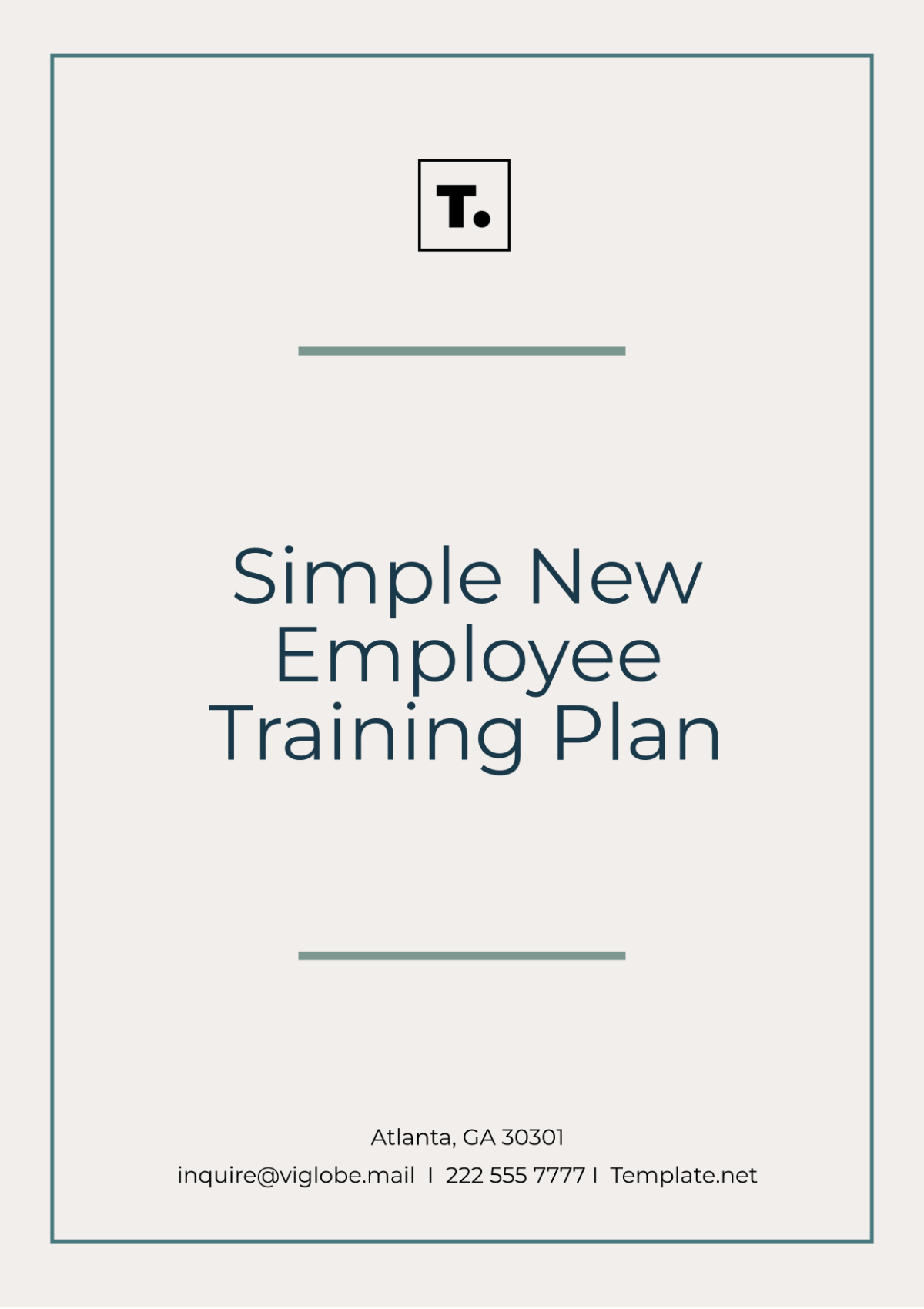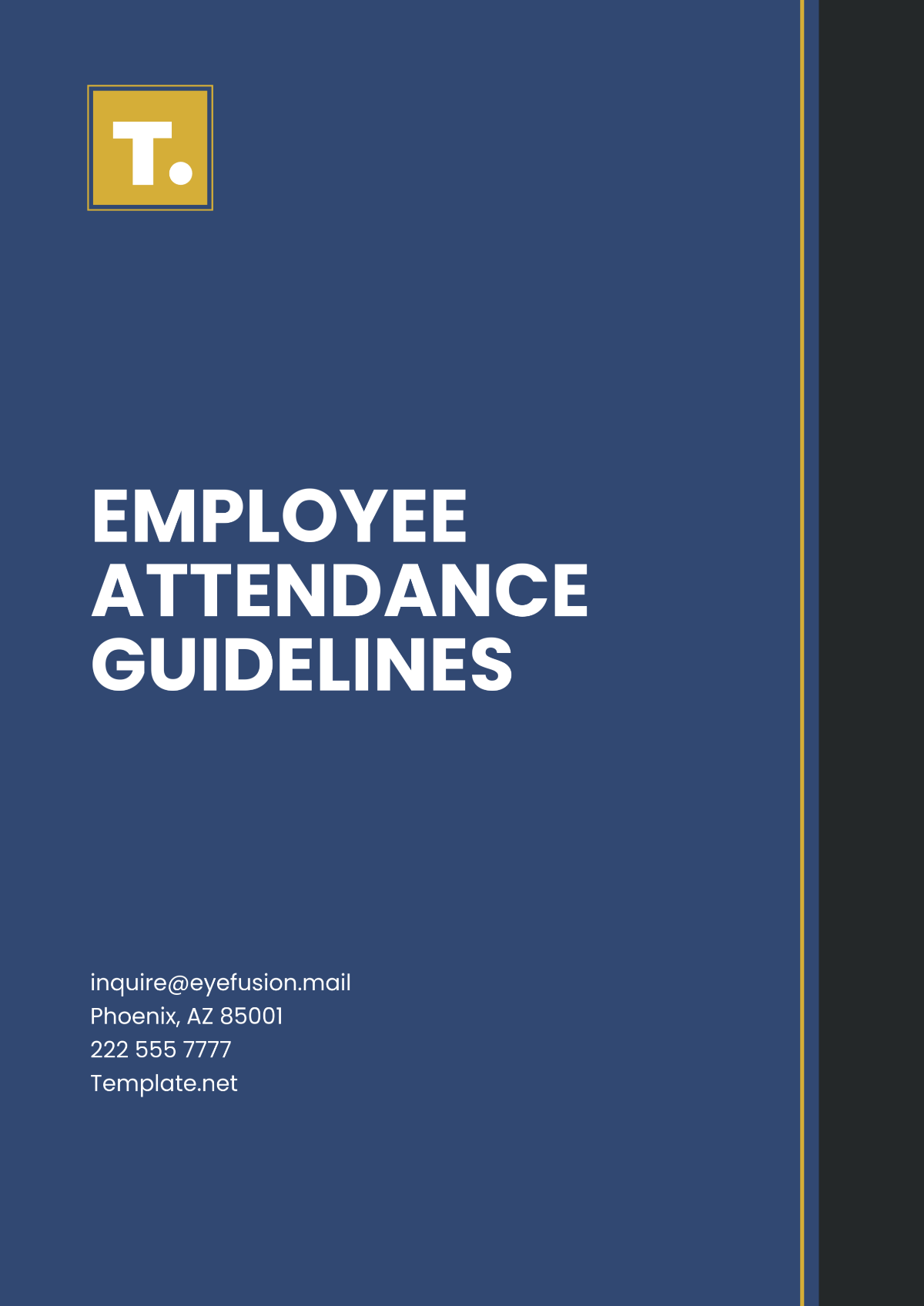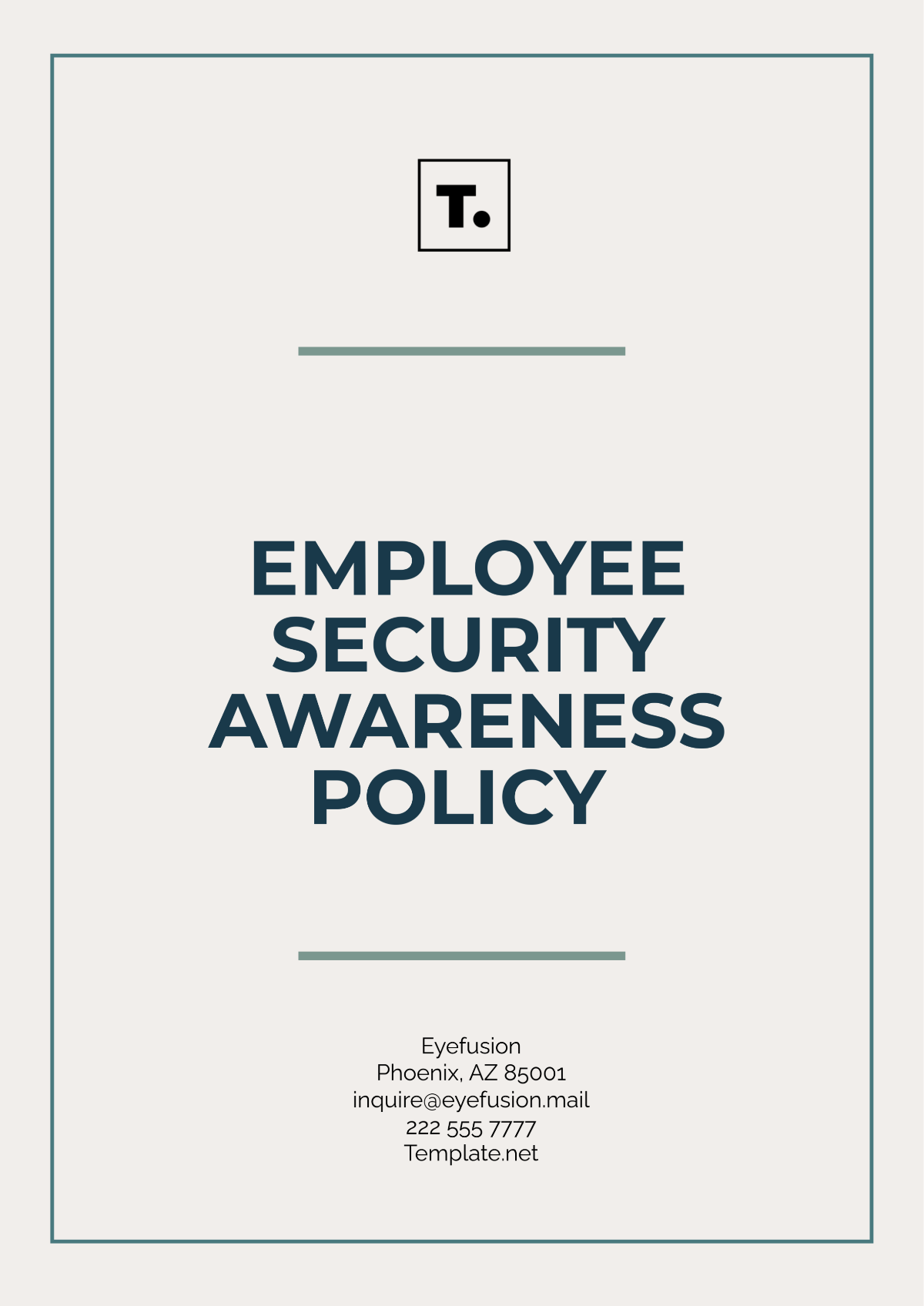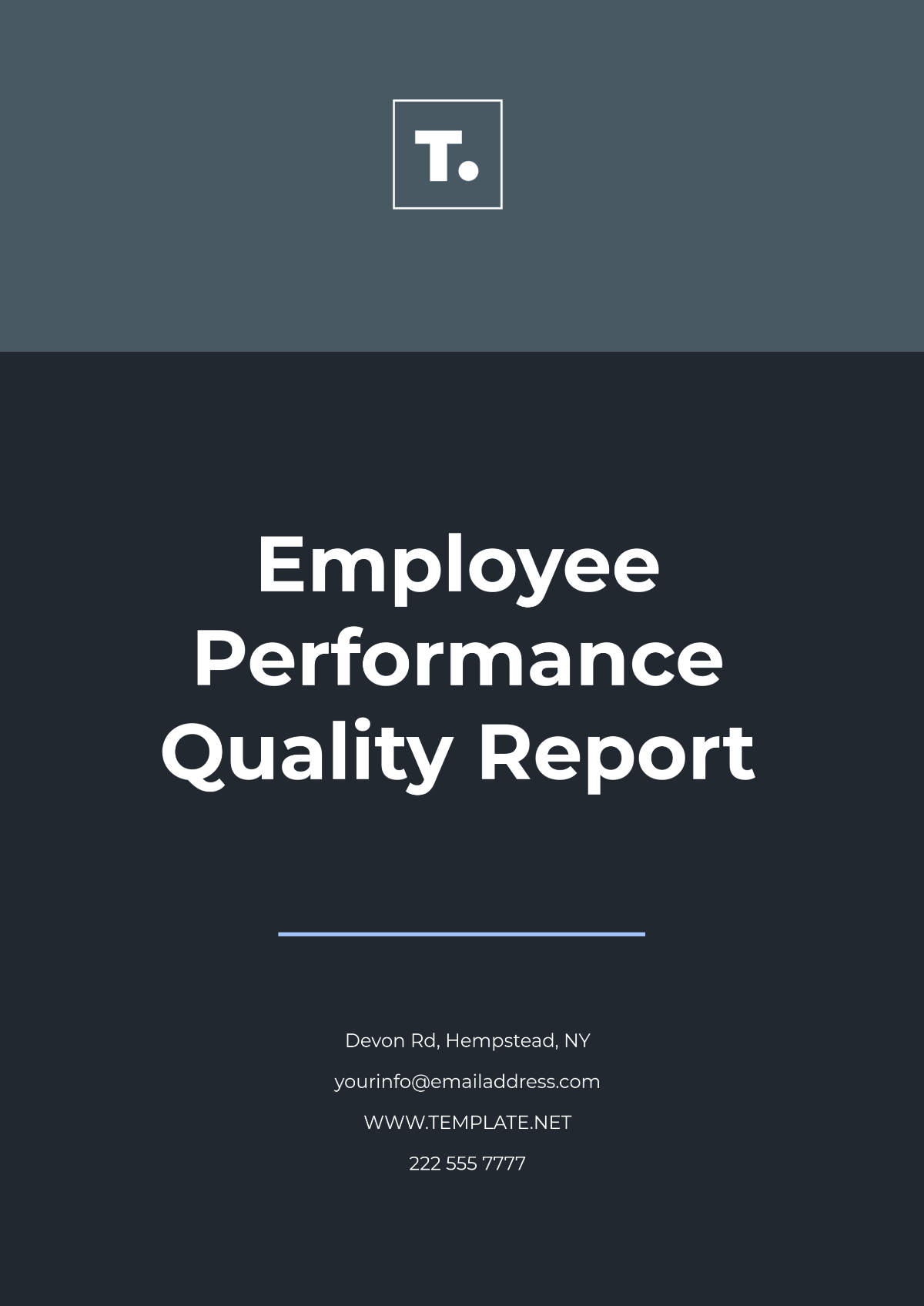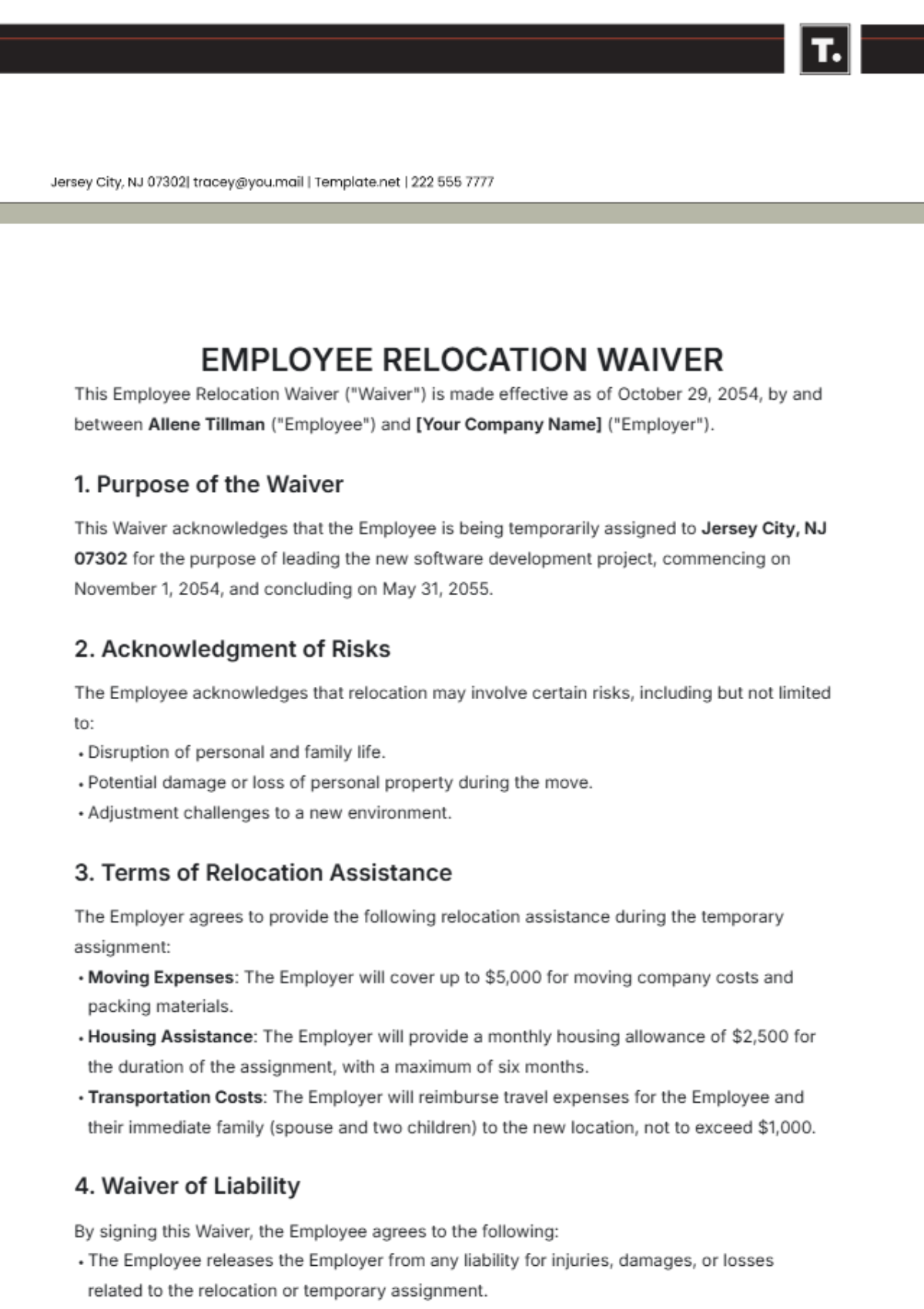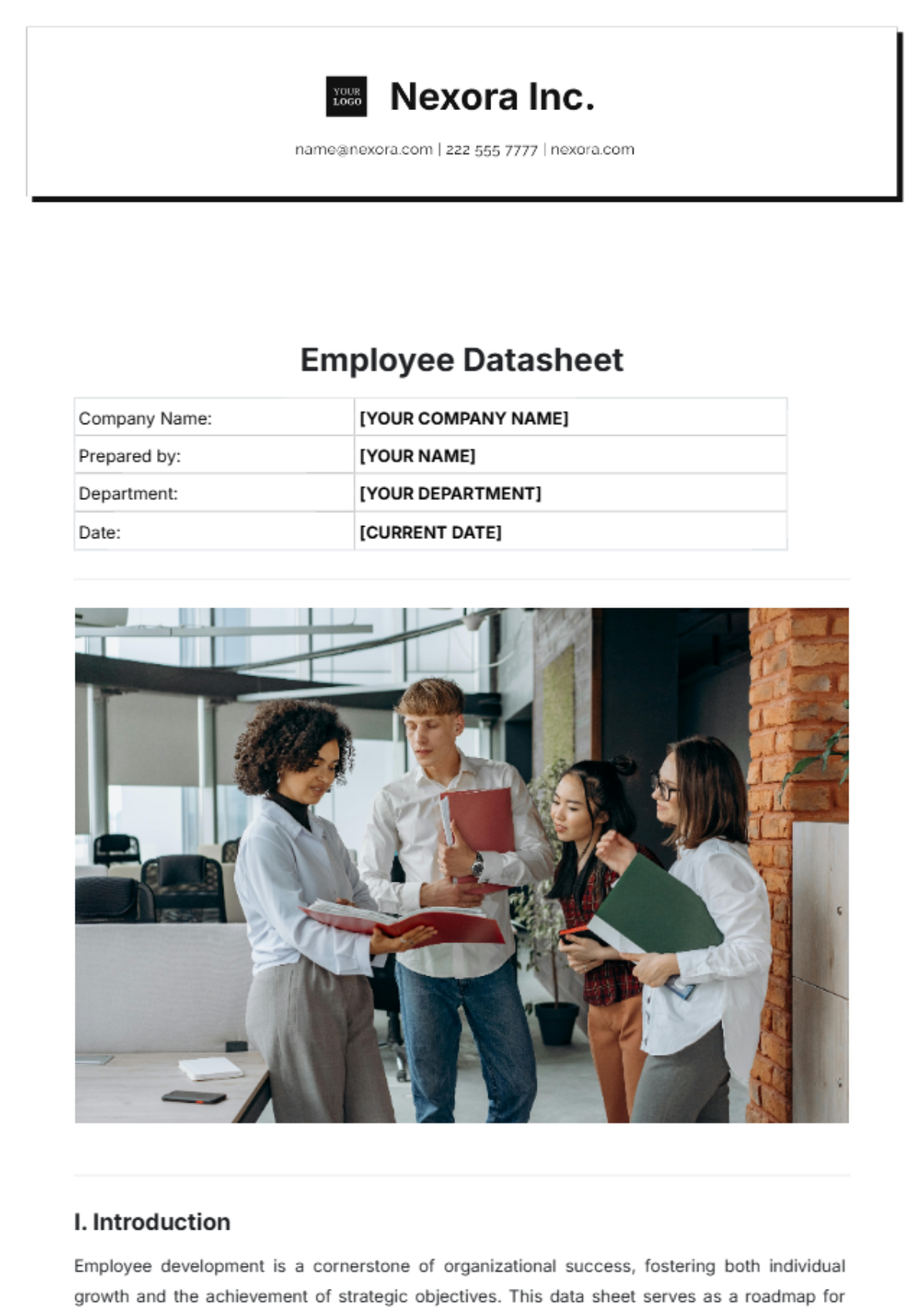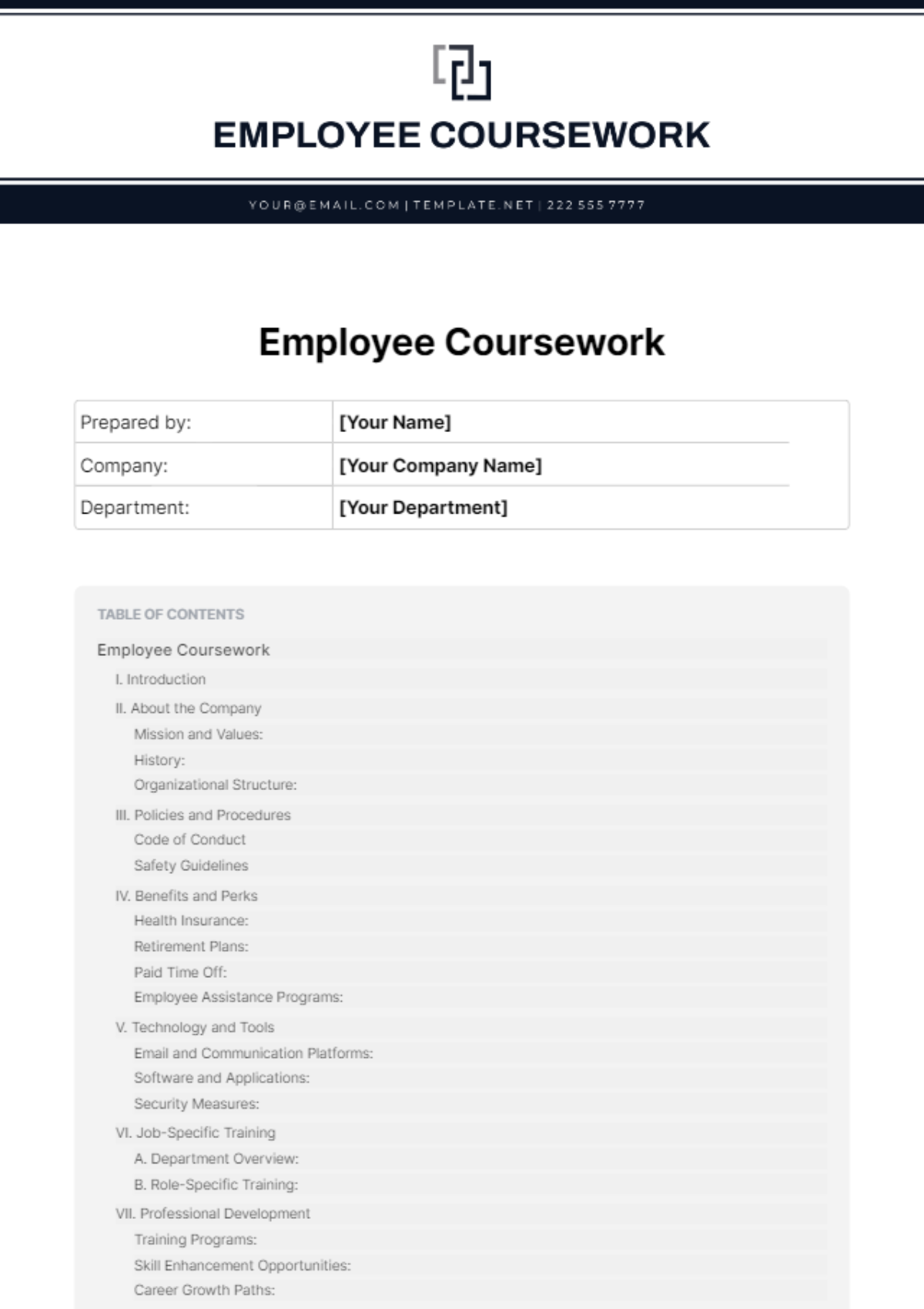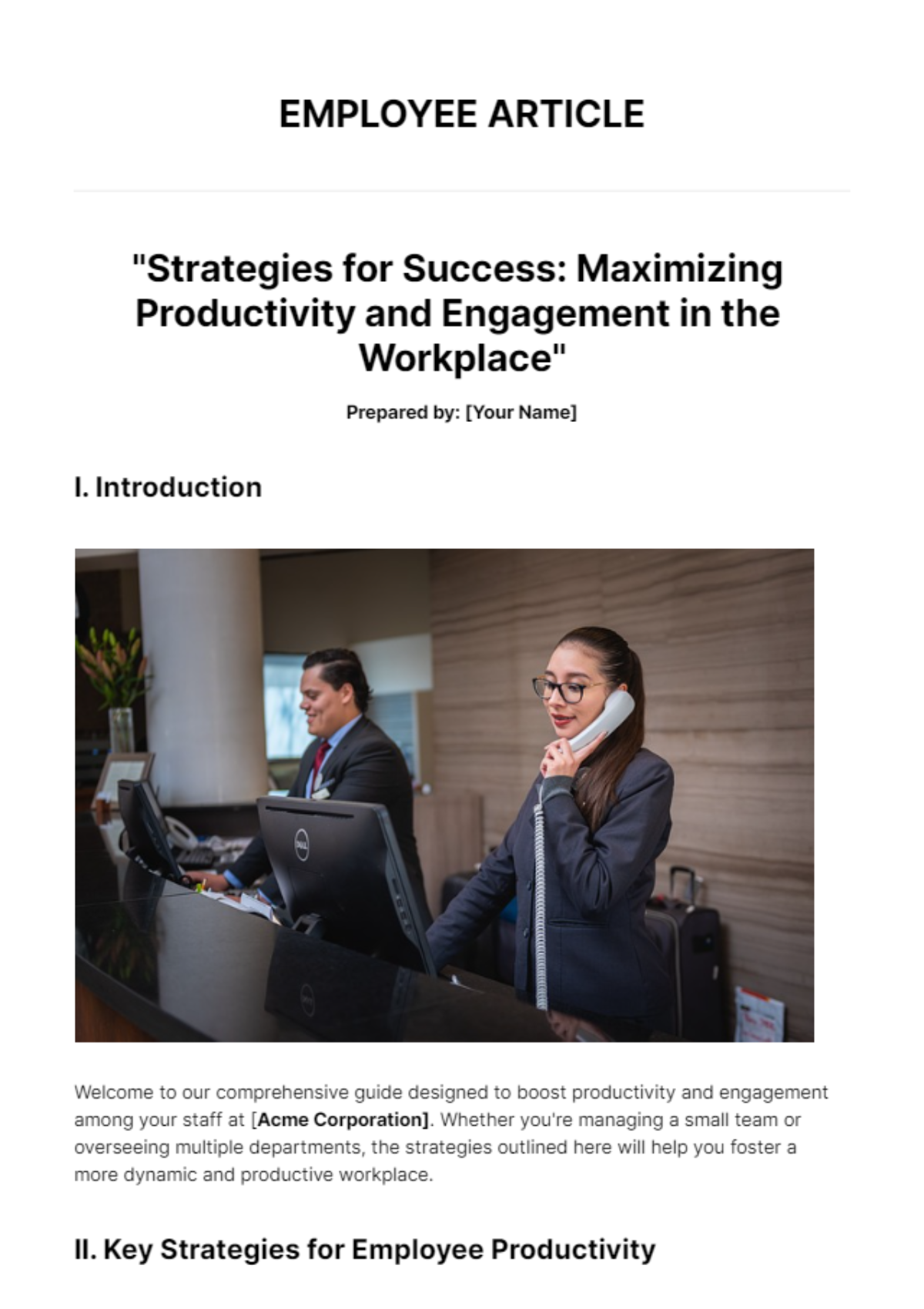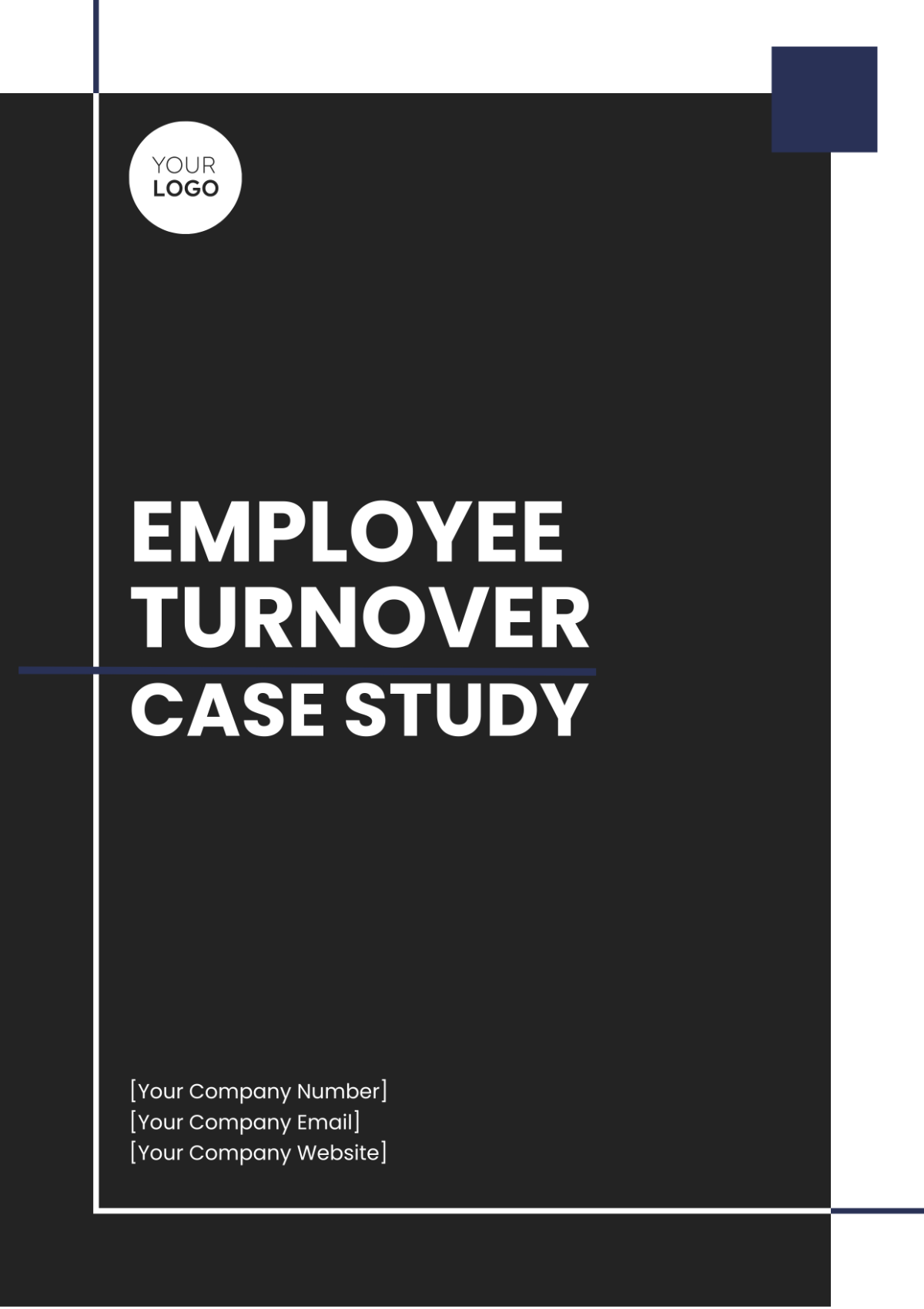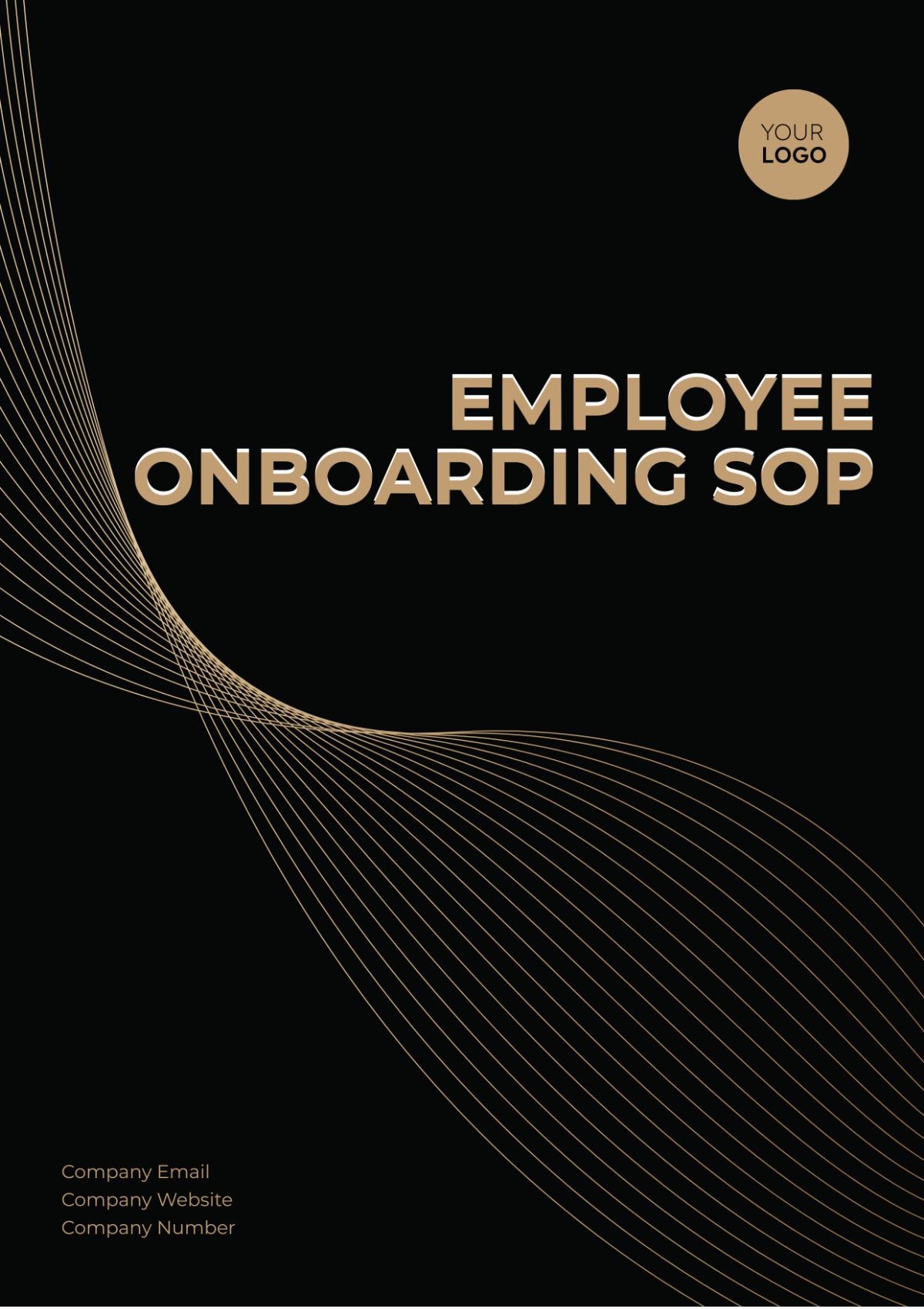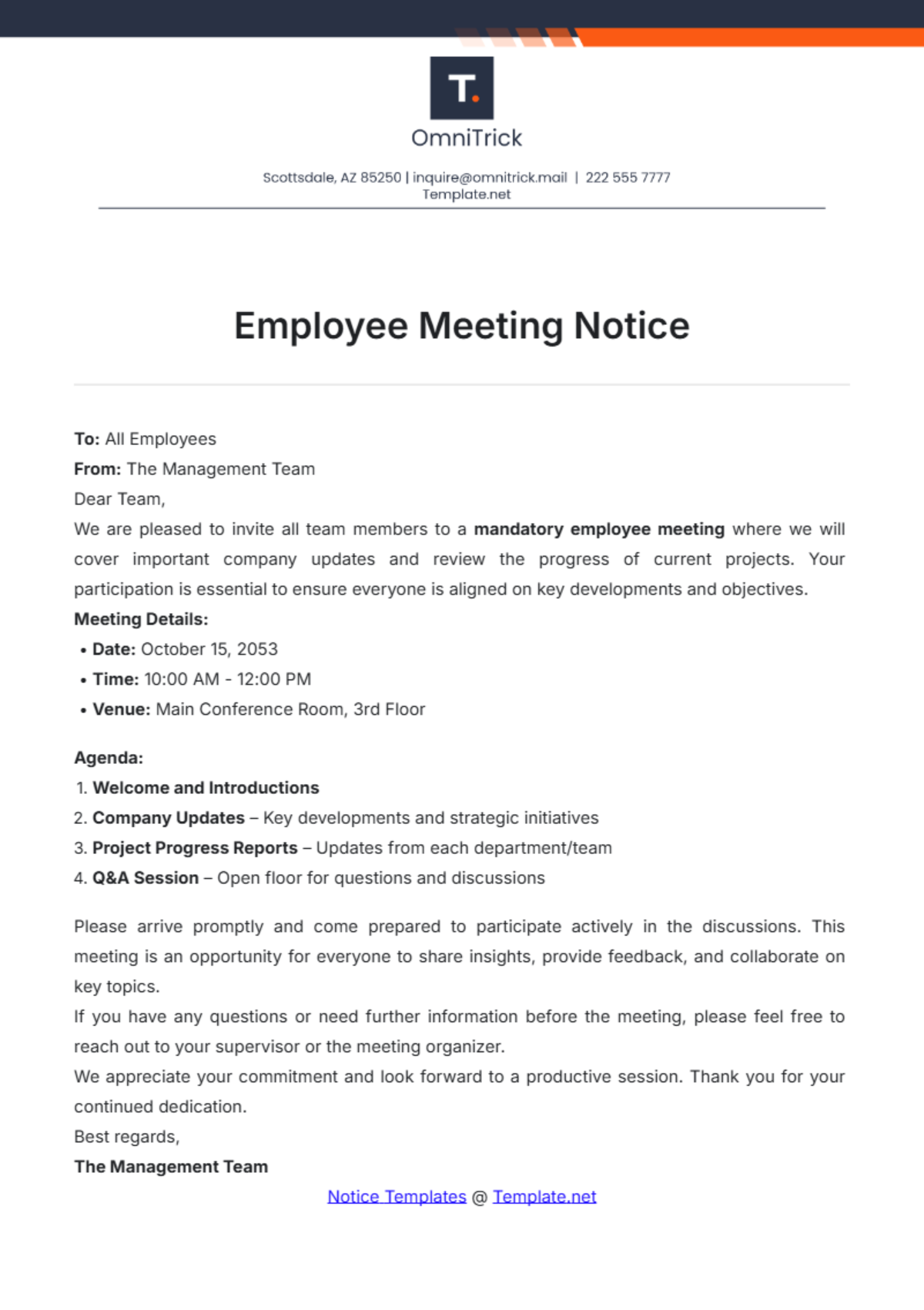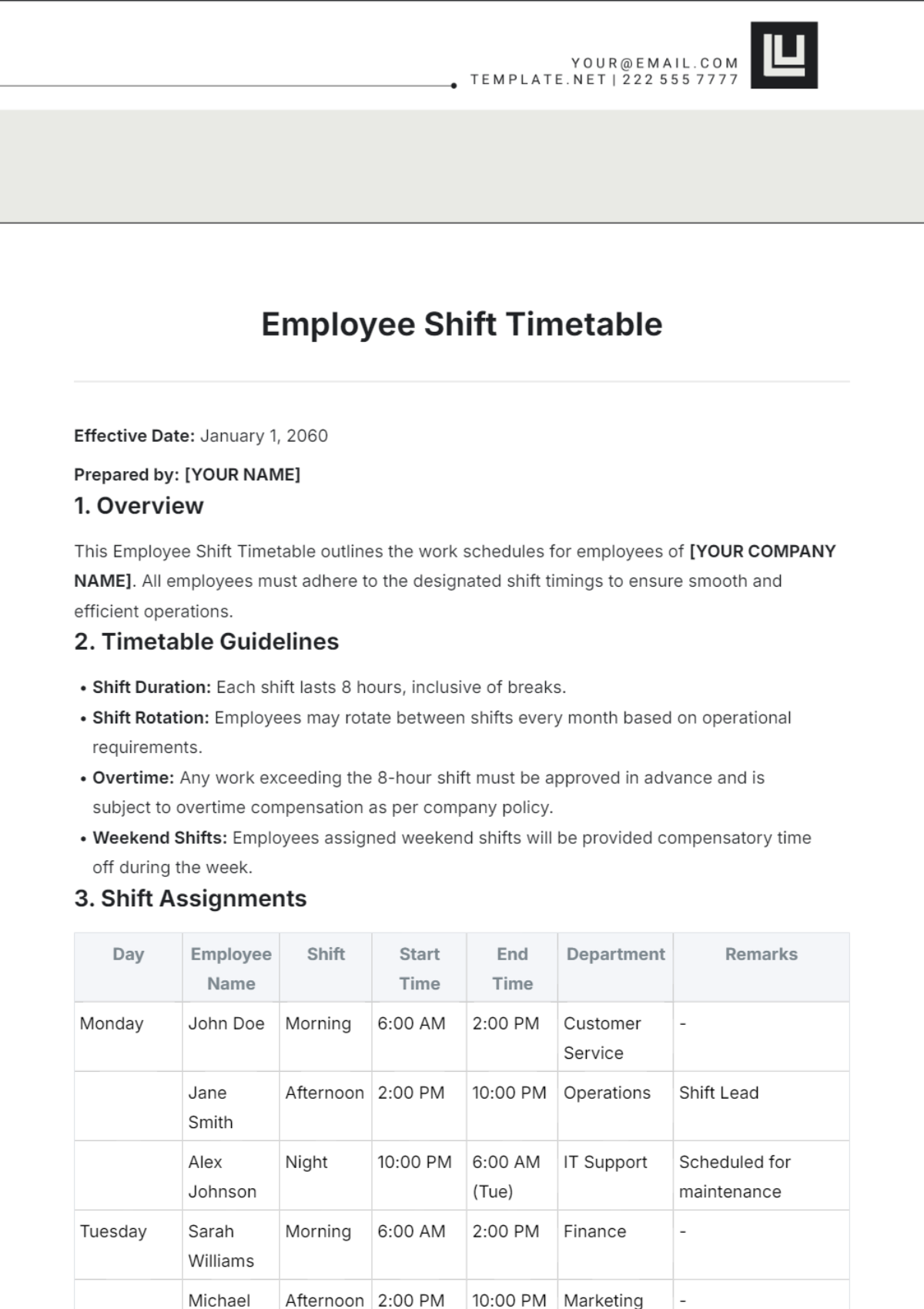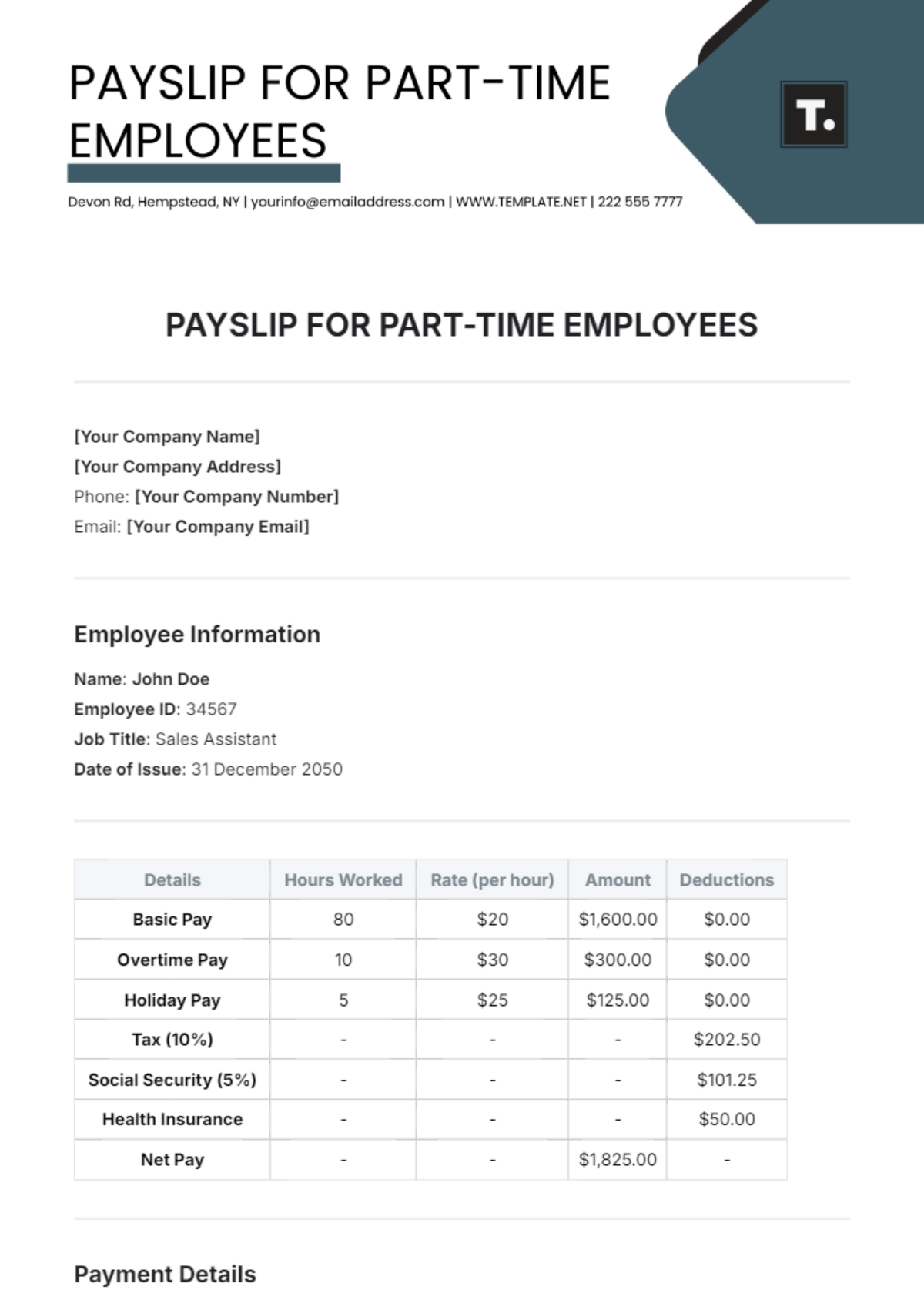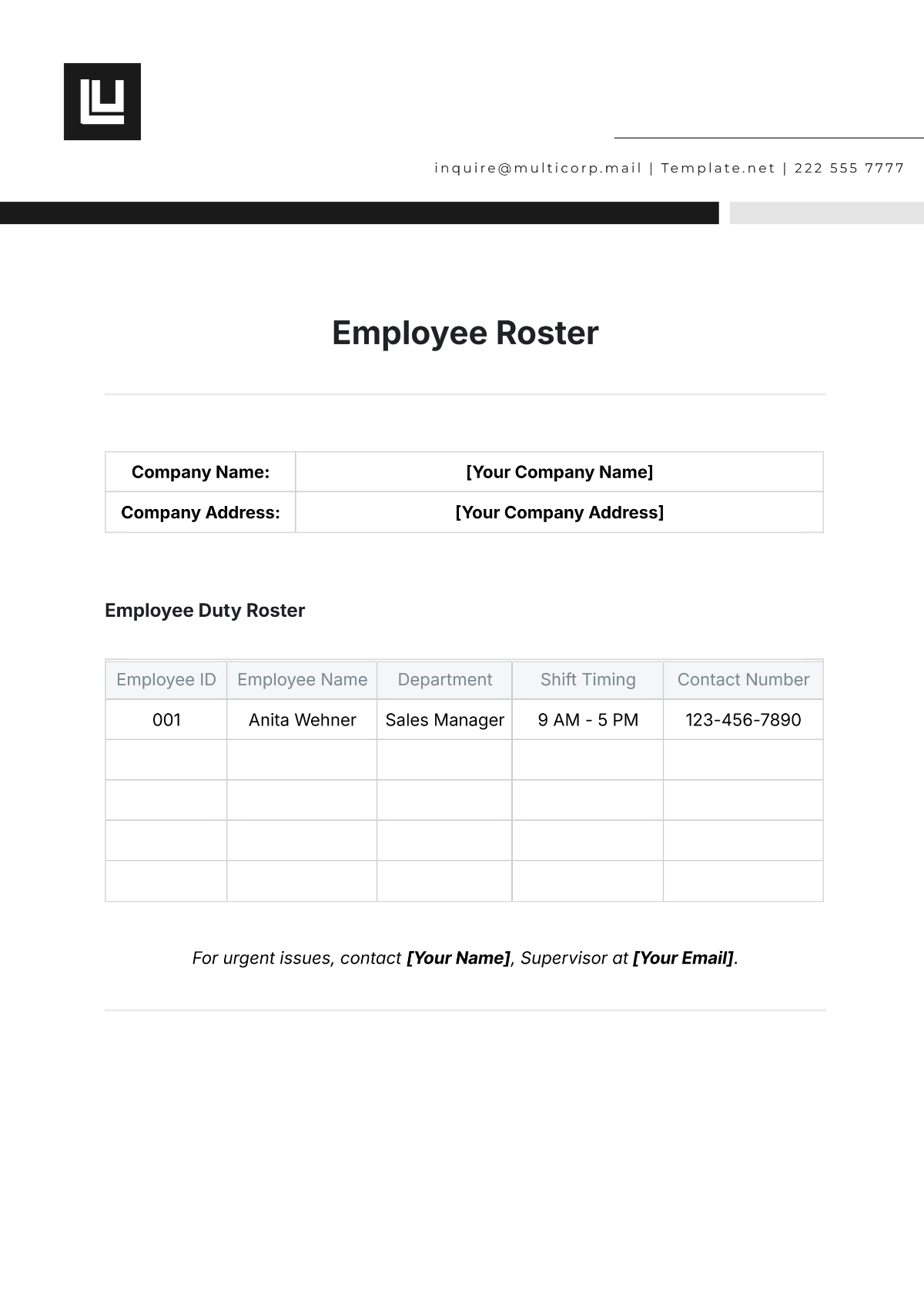I. Introduction
Employee onboarding is a critical process for integrating new hires into the operations department and ensuring their success within [Your Company Name]. This study aims to evaluate the effectiveness of the onboarding process within the operations department, identify strengths and areas for improvement, and provide recommendations for enhancing the onboarding experience.
II. Methodology
A. Research Design
The study employed a mixed-methods research design, combining both qualitative and quantitative approaches to gather comprehensive insights into the onboarding experience within the operations department.
B. Data Collection Methods
Surveys: An online survey was distributed to newly onboarded employees, HR personnel, department heads, and team members to gather quantitative data on various aspects of the onboarding process, including satisfaction levels, perceived effectiveness, and areas for improvement. The survey comprised a combination of closed-ended questions with rating scales and open-ended questions to allow for detailed responses.
Interviews: Semi-structured interviews were conducted with a subset of newly onboarded employees and key stakeholders, including HR personnel, department heads, and team leaders. The interviews aimed to explore participants' experiences, perceptions, and suggestions regarding the onboarding process in greater depth. Interviews were audio-recorded with participants' consent and transcribed verbatim for analysis.
Document Review: Relevant documents, including onboarding manuals, training materials, and organizational policies related to onboarding, were reviewed to gain insights into the formal procedures and resources available to new hires during the onboarding process.
C. Sampling Strategy
Participant Selection: Participants were selected through purposive sampling, ensuring representation from various roles within the operations department, including entry-level employees, managers, and senior leadership. Efforts were made to include participants with diverse backgrounds and experiences to capture a comprehensive range of perspectives.
Sample Size: The sample size for surveys was determined based on the population size of newly onboarded employees and key stakeholders within the operations department. For interviews, a smaller sample size was selected to allow for in-depth exploration of individual experiences and perspectives.
D. Data Analysis
Quantitative Analysis: Quantitative data from surveys were analyzed using statistical software to generate descriptive statistics, including frequencies, means, and standard deviations. Inferential statistics, such as correlation analysis and t tests, were also conducted to identify relationships between variables and assess differences between groups.
Qualitative Analysis: Qualitative data from interviews and open-ended survey responses were analyzed thematically using a systematic coding process. Themes and patterns were identified through iterative reading and coding of the data, with the assistance of qualitative analysis software. Quotes and excerpts were selected to illustrate key findings and support interpretations.
E. Ethical Considerations
Ethical considerations were paramount throughout the research process. Participants were informed of the voluntary nature of their participation, assured of confidentiality and anonymity, and provided with the opportunity to withdraw from the study at any time without repercussion. Informed consent was obtained from all participants prior to data collection, and ethical approval was obtained from the relevant institutional review board.
III. Onboarding Process Overview
The onboarding process within the operations department of [Your Company Name] is a multifaceted journey designed to integrate new hires seamlessly into their roles, teams, and organizational culture. It encompasses several key stages, each aimed at providing new employees with the knowledge, skills, and resources they need to succeed. The following is a comprehensive overview of the onboarding process:
A. Pre-Employment Preparation
Offer Acceptance and Documentation: Upon accepting an offer of employment, new hires are guided through the pre-employment paperwork process, including the completion of required forms, such as tax documents, employment agreements, and benefit enrollment forms. This stage ensures that all necessary administrative tasks are completed before the official start date.
Welcome Communication: New hires receive a personalized welcome communication from the HR department, providing important information about their upcoming onboarding experience, including details about the first day, required documentation, and expectations for the onboarding process.
B. Orientation and Introduction
First Day Welcome: On the first day of employment, new hires are welcomed by HR personnel and introduced to key members of the operations department. They receive an overview of the organization's mission, values, and culture, as well as logistical information, such as office location, facilities, and administrative procedures.
Department Overview: New hires participate in a department-specific orientation session, led by department leaders or team members. This session provides an overview of the department's structure, functions, goals, and key stakeholders, helping new employees understand their role within the broader context of the organization.
C. Training and Development
Role-Specific Training: New hires undergo role-specific training tailored to their positions within the operations department. This training may include hands-on learning, job shadowing, virtual or in-person workshops, and e-learning modules, designed to equip employees with the knowledge, skills, and competencies needed to perform their roles effectively.
Technology and Tools Familiarization: Employees receive training on the organization's technology systems, tools, and software applications relevant to their roles. This training may cover topics such as enterprise resource planning (ERP) systems, project management tools, communication platforms, and data analytics software, ensuring employees are proficient in utilizing digital resources to support their work.
D. Mentorship and Support
Mentor Assignment: Each new hire is paired with an experienced mentor within the operations department, who serves as a guide, resource, and sounding board throughout the onboarding process. Mentors provide support, advice, and feedback to new employees, helping them navigate their roles and integrate into the organizational culture.
Peer Support Networks: In addition to formal mentorship programs, new hires are encouraged to connect with their peers and colleagues to build relationships, share experiences, and collaborate on projects. Peer support networks foster camaraderie, teamwork, and knowledge exchange, enhancing the overall onboarding experience.
E. Performance Expectations and Goal Setting
Performance Discussions: New hires engage in performance discussions with their managers to establish clear expectations, goals, and performance metrics for their roles. These discussions provide an opportunity for new employees to align their objectives with organizational priorities, receive feedback on their performance, and identify areas for growth and development.
Goal Setting: Employees collaboratively set SMART (Specific, Measurable, Achievable, Relevant, Time-bound) goals with their managers, outlining targets and milestones to be achieved within defined timeframes. Goal setting ensures alignment between individual and organizational objectives, promotes accountability, and facilitates performance management throughout the onboarding process.
F. Integration and Engagement Activities
Team Building Exercises: New hires participate in team building exercises, activities, and events designed to foster connections, collaboration, and camaraderie within the operations department. These activities may include team lunches, off-site retreats, volunteer opportunities, and social events, creating opportunities for new employees to build relationships with their colleagues and feel part of the team.
Organizational Involvement: New hires are encouraged to get involved in organizational initiatives, committees, and projects outside of their immediate roles. This involvement allows employees to contribute their skills and expertise to broader organizational objectives, expand their networks, and gain exposure to different areas of the business.
G. Ongoing Support and Feedback
Continuous Feedback Mechanisms: Throughout the onboarding process, new hires receive regular feedback and performance evaluations from their managers, mentors, and peers. Feedback sessions provide an opportunity to celebrate achievements, address challenges, and identify opportunities for improvement, ensuring that employees receive the support and guidance needed to succeed.
Check-In Meetings: Managers conduct regular check-in meetings with new hires to assess progress, address concerns, and provide ongoing support and coaching. These meetings serve as a forum for open communication, collaboration, and alignment between employees and their supervisors, facilitating a positive and productive working relationship.
H. Evaluation and Transition
Onboarding Evaluation: At the conclusion of the onboarding process, new hires participate in an evaluation survey or interview to provide feedback on their onboarding experience. This feedback is used to assess the effectiveness of the onboarding process, identify areas for improvement, and inform future iterations of the program.
Transition to Full Responsibilities: Upon successful completion of the onboarding process, new hires transition to full responsibilities within their roles within the operations department. They are equipped with the knowledge, skills, and resources needed to perform their duties independently, contributing to the success of the organization.
IV. Strengths of the Onboarding Experience
The onboarding experience within the operations department boasts several strengths, including:
Structured Training Programs: New hires receive comprehensive training programs tailored to their roles within the operations department, ensuring they have the necessary skills and knowledge to succeed.
Mentorship and Support: Employees are paired with experienced mentors who provide guidance, support, and feedback throughout the onboarding process, helping them integrate into their roles and the organization.
Clear Expectations: Expectations and goals are clearly communicated to new hires, providing clarity and direction from the outset and facilitating a smooth transition into their roles.
Engagement Opportunities: The onboarding process includes opportunities for new hires to engage with their peers, team members, and leadership, fostering connections and collaboration within [Your Company Name].
Feedback Mechanisms: Feedback mechanisms are in place to gather input from new hires and assess the effectiveness of the onboarding process, enabling continuous improvement and refinement.
V. Areas for Improvement
While the onboarding experience within the operations department has many strengths, there are also areas for improvement, including:
Onboarding Duration: Some new hires expressed that the onboarding process felt rushed, indicating a need for extended onboarding periods to allow for deeper learning and acclimation.
Integration with Team Processes: New hires identified challenges in understanding and integrating with team processes and workflows, highlighting a need for clearer communication and guidance from team leaders.
Technology and Tools Training: Several new hires expressed a need for more comprehensive training on [Your Company Name]'s technology systems and tools, suggesting additional resources or training sessions to enhance proficiency.
Feedback and Evaluation: Some new hires indicated a lack of clarity on performance expectations and evaluation criteria, signaling a need for more frequent feedback and performance discussions throughout the onboarding process.
Socialization Opportunities: While the onboarding process includes some socialization opportunities, such as team lunches or welcome events, there is room for additional activities to facilitate connections and camaraderie among new hires and existing employees.
VI. Employee Feedback and Perceptions
A. Engagement and Satisfaction
Overall, newly onboarded employees expressed a high level of engagement and satisfaction with the onboarding experience within the operations department. Many employees praised the structured training programs, mentorship opportunities, and support provided by team members and leadership.
B. Areas of Improvement
While generally positive, employee feedback also highlighted areas for improvement, including the need for more comprehensive training on technology systems, clearer communication on performance expectations, and extended onboarding periods to facilitate deeper learning and integration.
VII. Onboarding Effectiveness Metrics
The effectiveness of the onboarding process within the operations department was assessed using several key metrics, including:
Retention Rates: Tracking retention rates of newly onboarded employees to assess the effectiveness of the onboarding process in retaining talent within [Your Company Name].
Time to Productivity: Monitoring the time it takes for new hires to reach full productivity in their roles, indicating the effectiveness of training and support provided during onboarding.
Employee Satisfaction Scores: Gathering feedback from newly onboarded employees through surveys or interviews to measure satisfaction with the onboarding experience and identify areas for improvement.
Performance Metrics: Evaluating the performance of newly onboarded employees against predefined performance metrics to assess the impact of the onboarding process on job performance and effectiveness.
VIII. Leadership and Team Support
Leadership and team support plays a crucial role in the success of the onboarding process within the operations department. Key elements of leadership and team support include:
Visible Leadership Involvement: Leadership involvement in the onboarding process, including welcome messages, engagement with new hires, and participation in training sessions, demonstrates commitment to the success of new employees.
Team Integration: Team leaders play a critical role in integrating new hires into their teams, providing guidance, support, and feedback to facilitate a smooth transition and integration into team processes.
Resource Allocation: Adequate resource allocation, including time, budget, and personnel, is essential for ensuring the effectiveness of the onboarding process and supporting new hires in their roles.
IX. Recommendations for Enhancing Onboarding
Based on the findings of this study, the following recommendations are proposed to enhance the onboarding experience within the operations department:
Extend Onboarding Duration: Extend the duration of the onboarding process to allow for deeper learning, acclimation, and integration into roles and teams.
Enhance Technology Training: Provide more comprehensive training on [Your Company Name]'s technology systems and tools to ensure new hires are proficient and confident in their use.
Clarify Performance Expectations: Clearly communicate performance expectations and evaluation criteria to new hires, providing regular feedback and performance discussions throughout the onboarding process.
Facilitate Socialization Opportunities: Implement additional socialization activities and events to facilitate connections and camaraderie among new hires and existing employees.
Provide Ongoing Support: Continue to provide ongoing support, mentorship, and guidance to new hires beyond the initial onboarding period, ensuring their continued success and integration into [Your Company Name].
Evaluate and Adjust Processes: Regularly evaluate the effectiveness of the onboarding process and make adjustments as needed based on employee feedback, performance metrics, and organizational goals.
X. Conclusion
In conclusion, the onboarding experience within the operations department plays a crucial role in integrating new hires into their roles and [Your Company Name], facilitating their success and long-term engagement. By identifying strengths and areas for improvement and implementing targeted recommendations, [Your Company Name] can enhance the onboarding experience, improve employee satisfaction and retention, and drive operational excellence.


